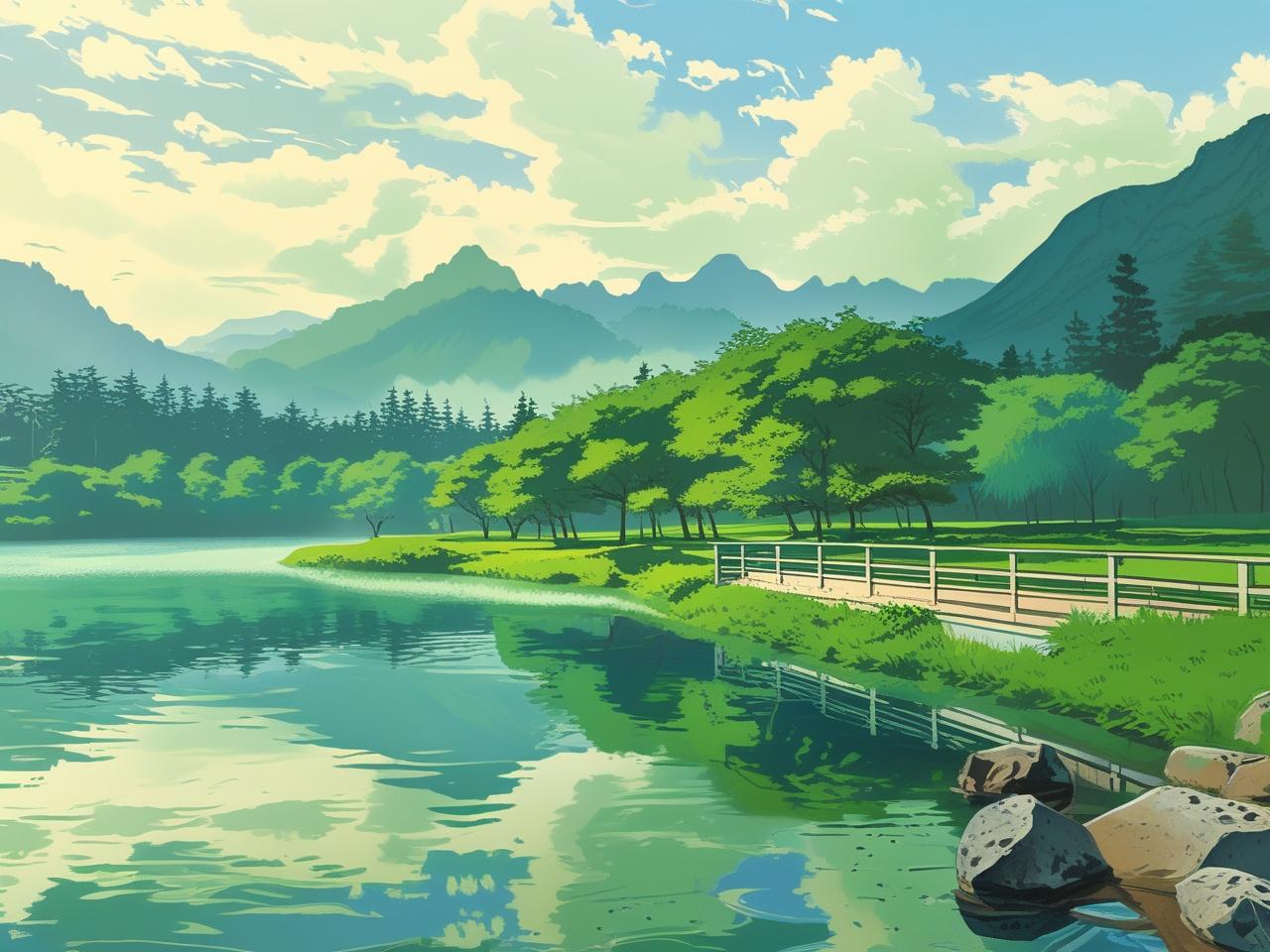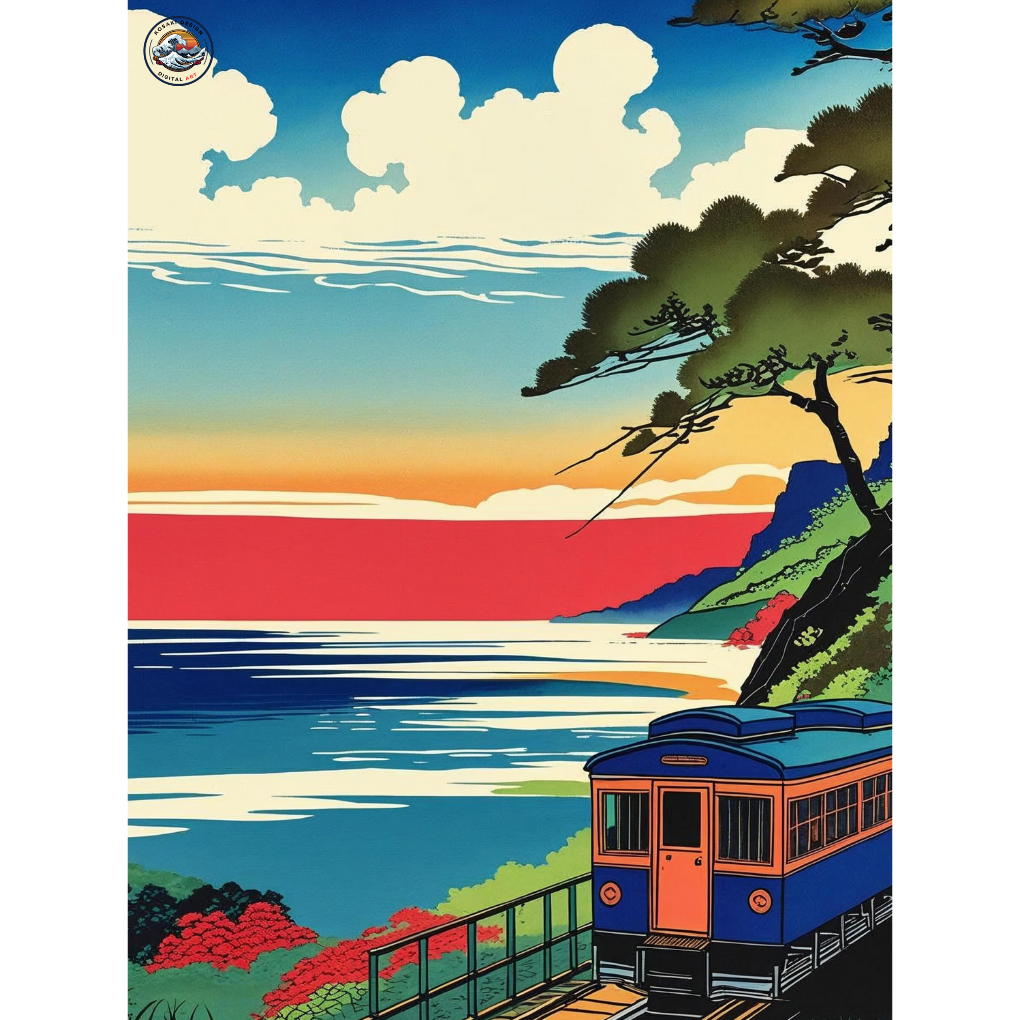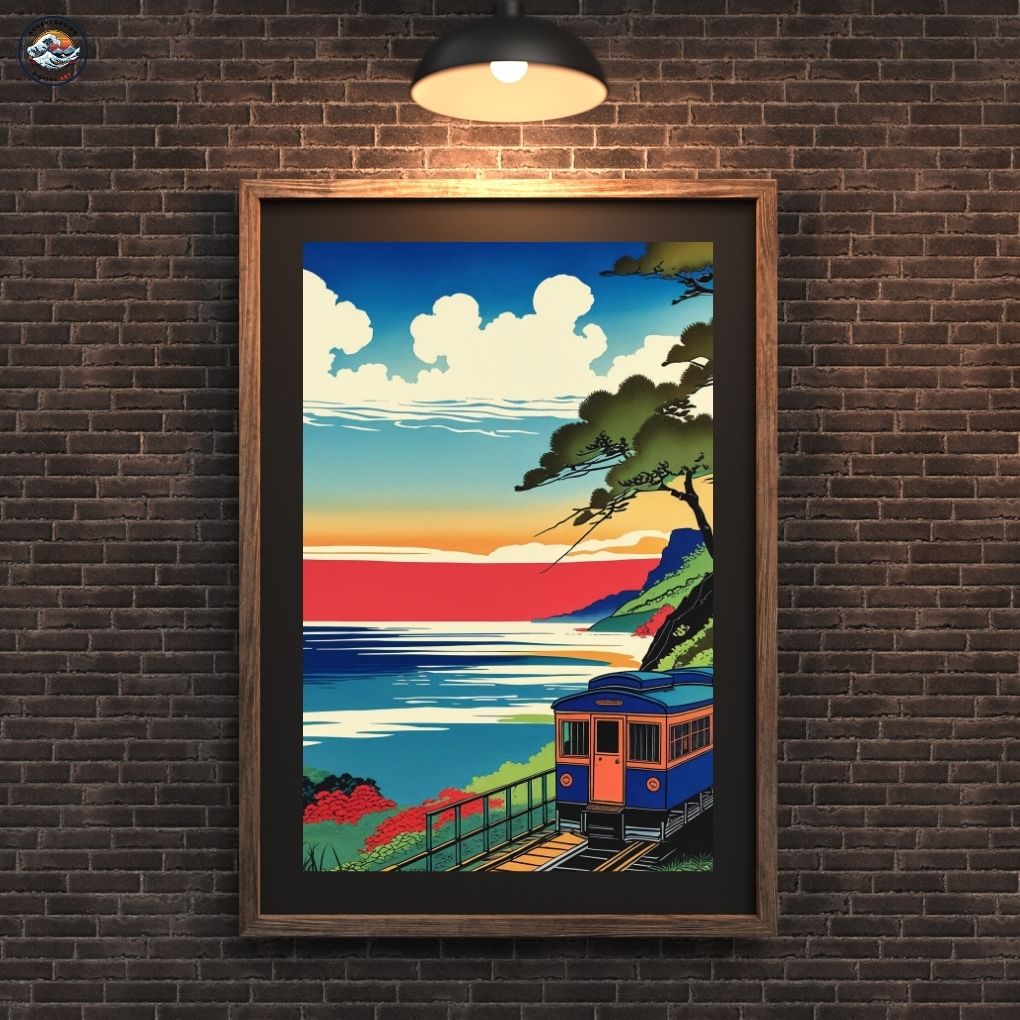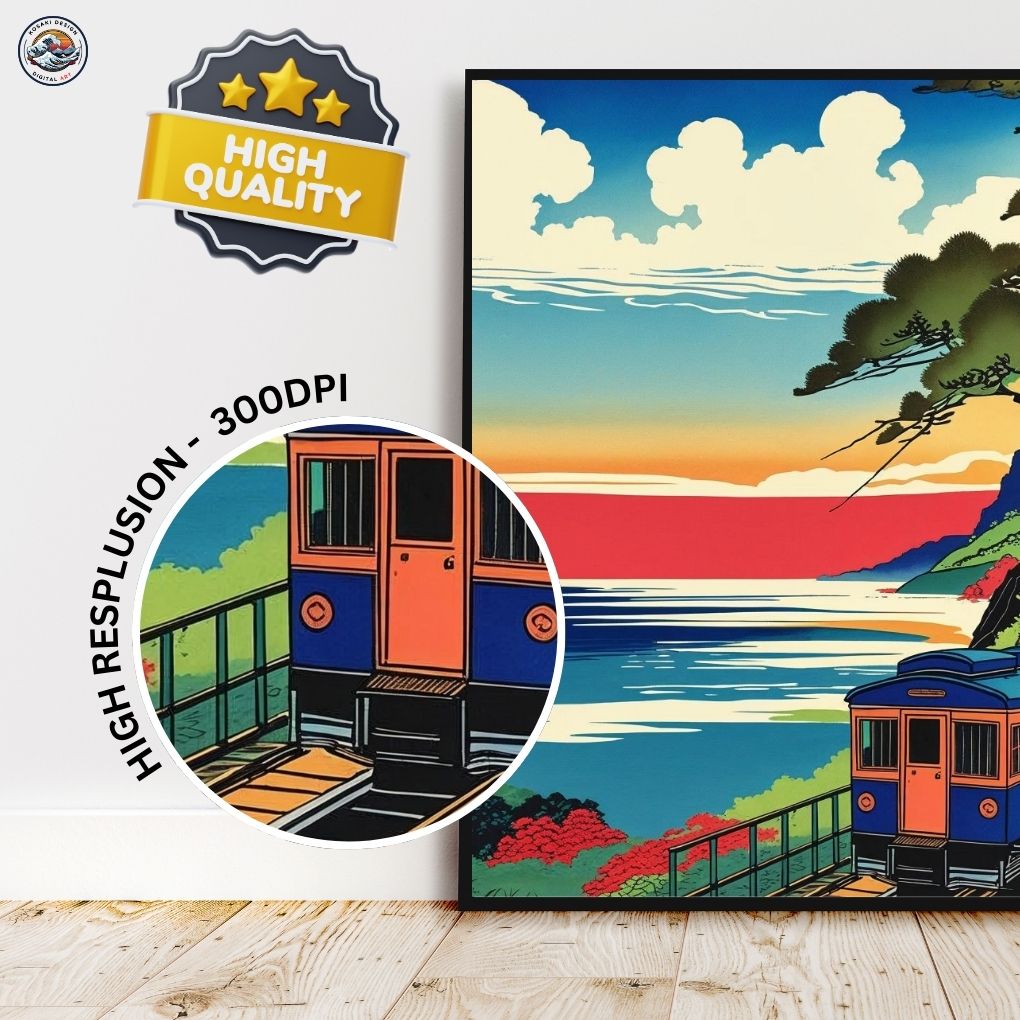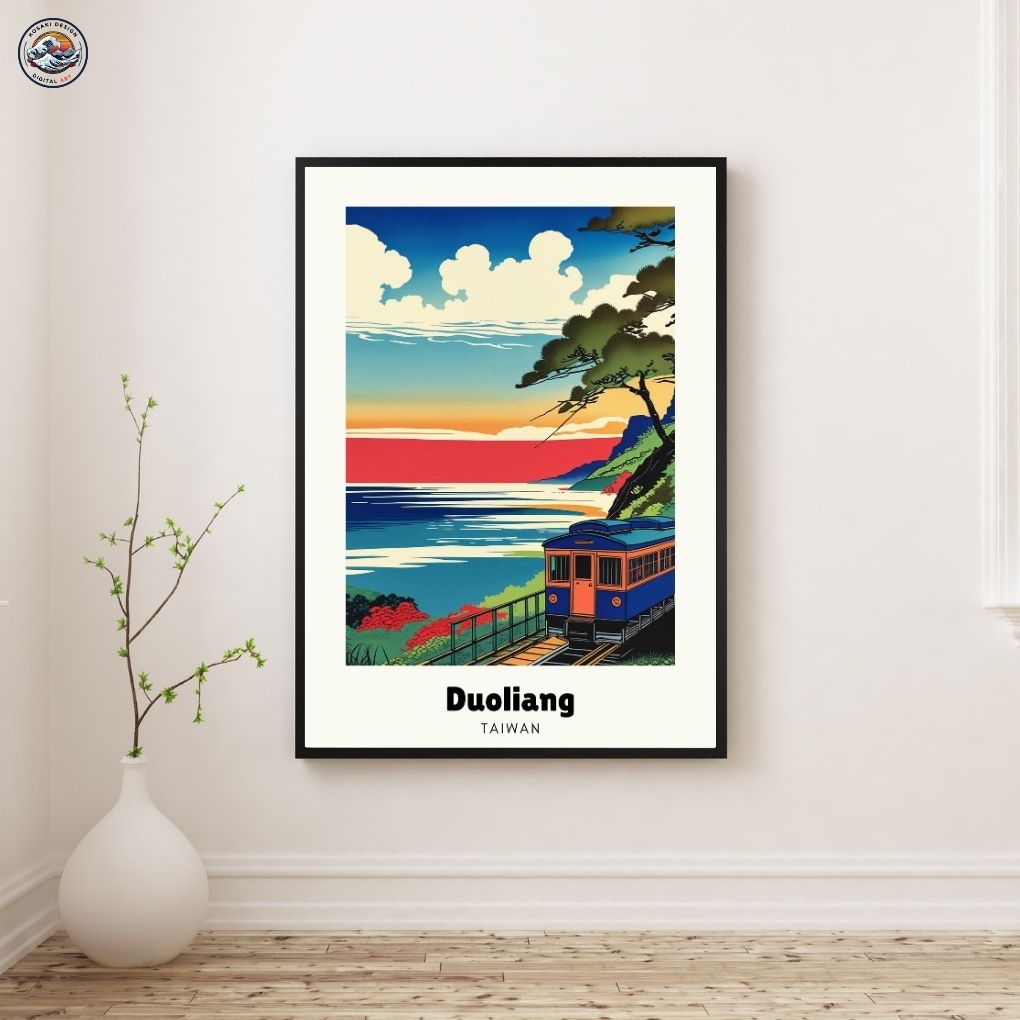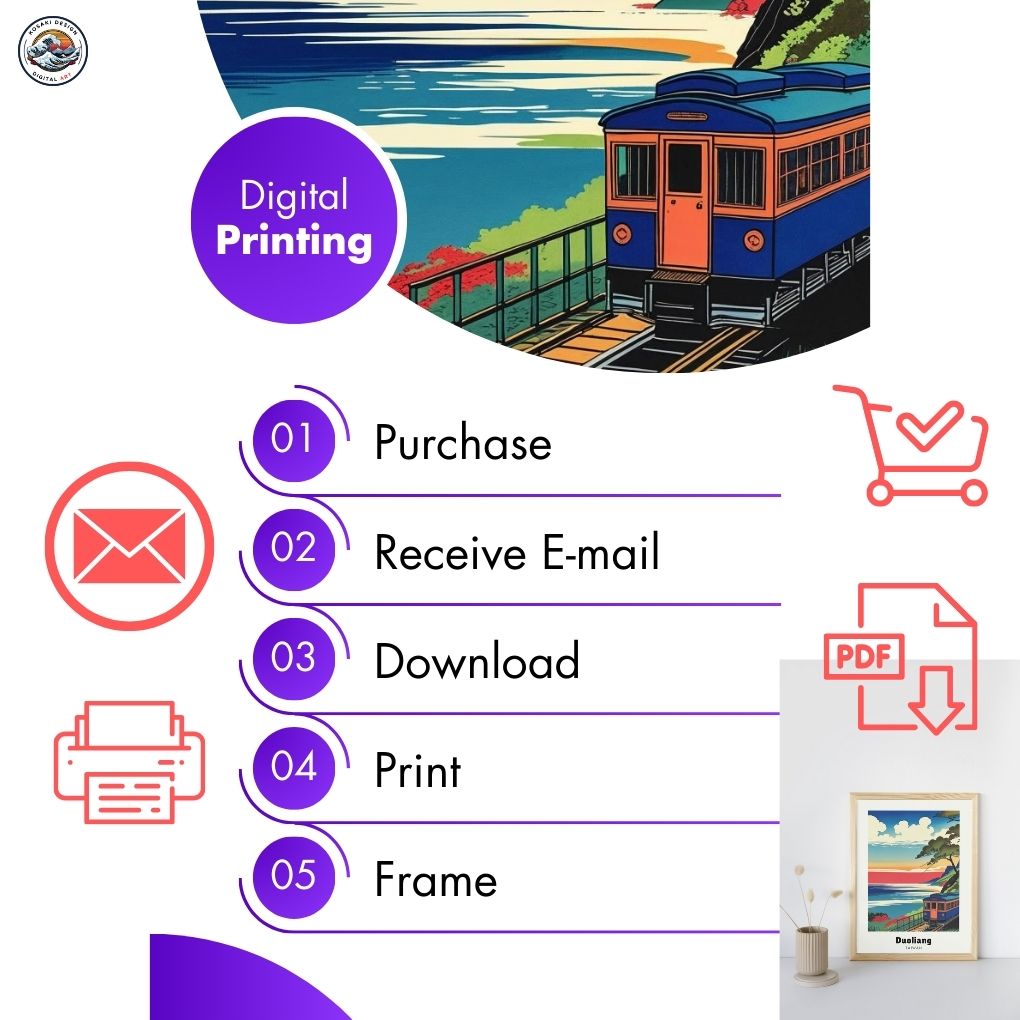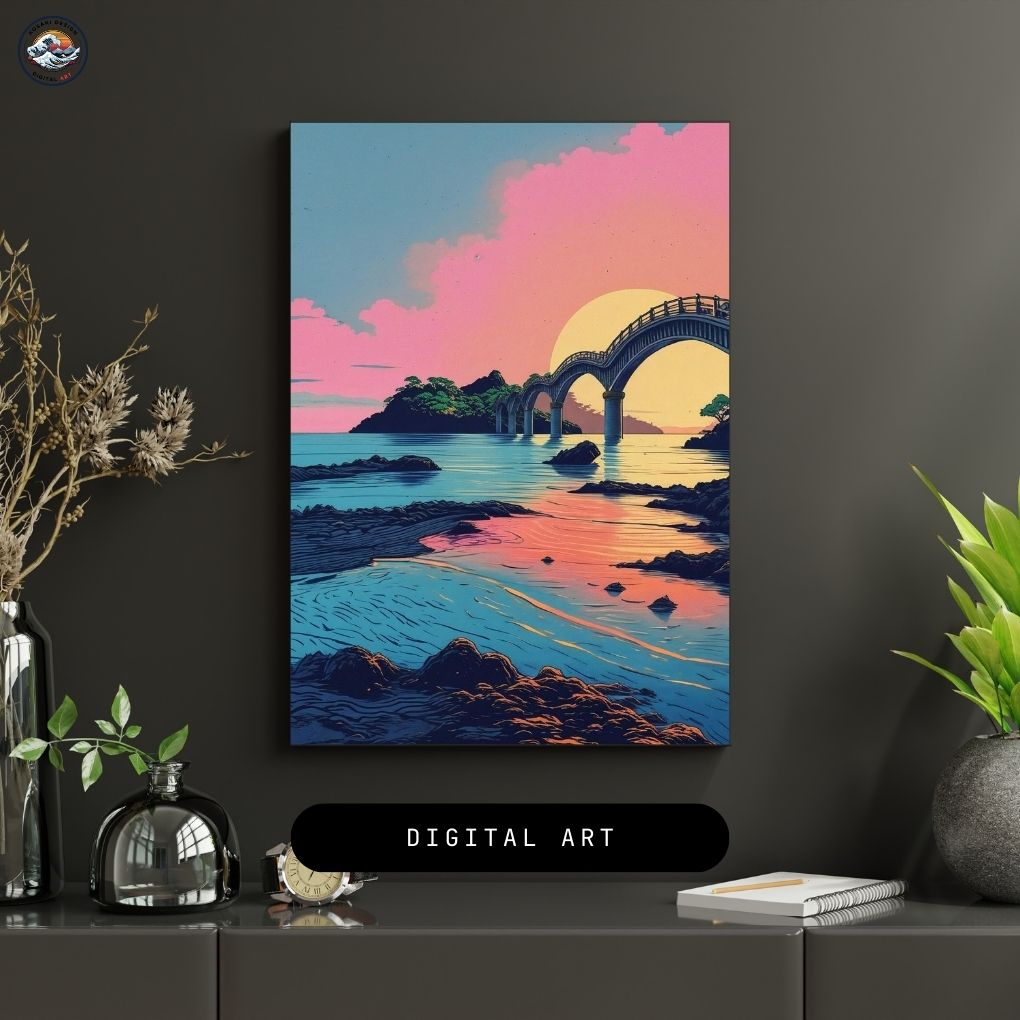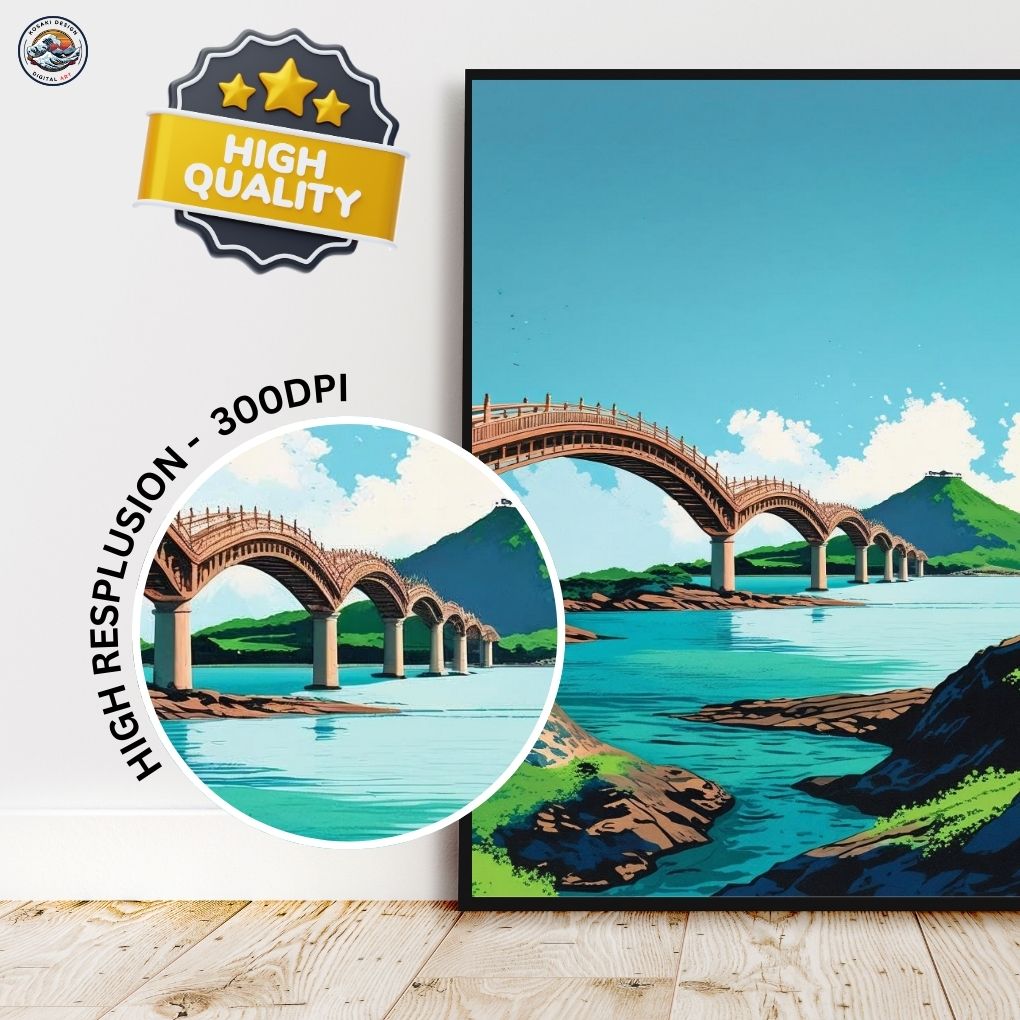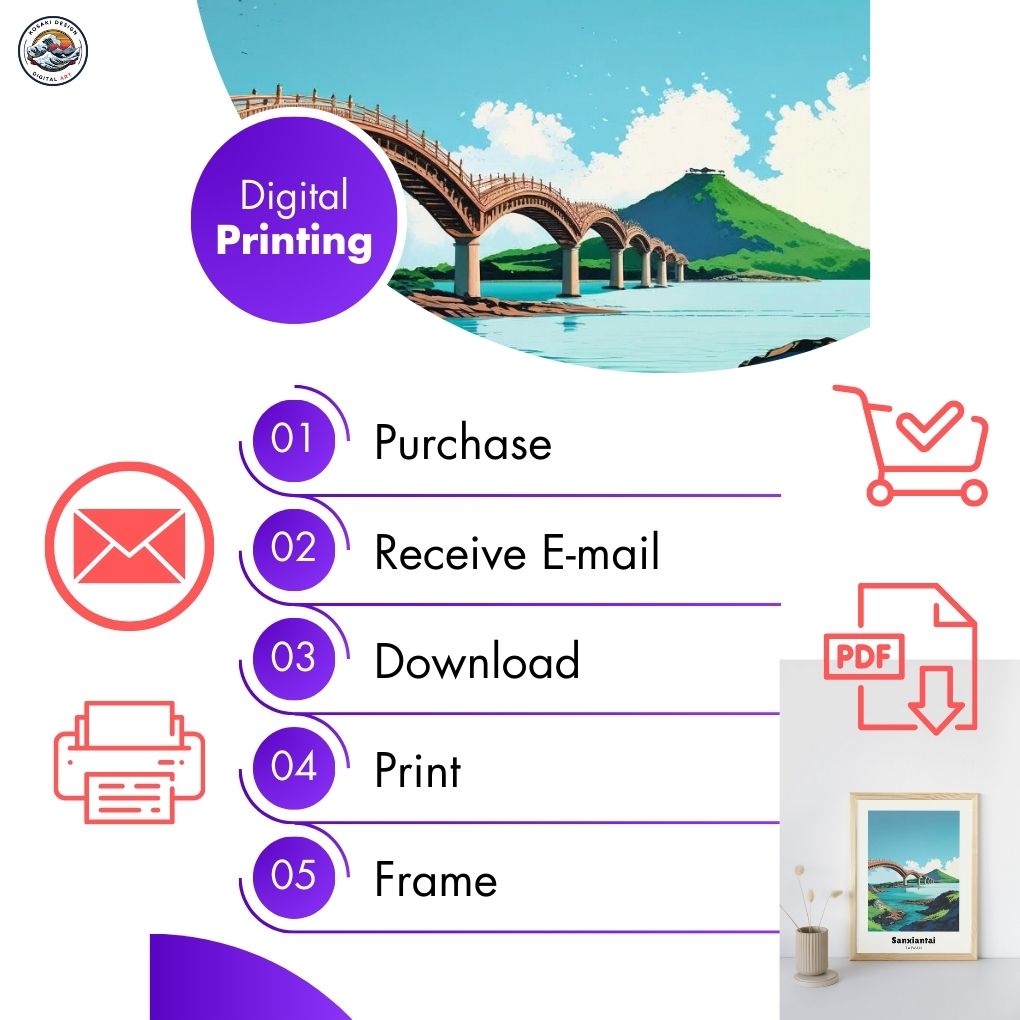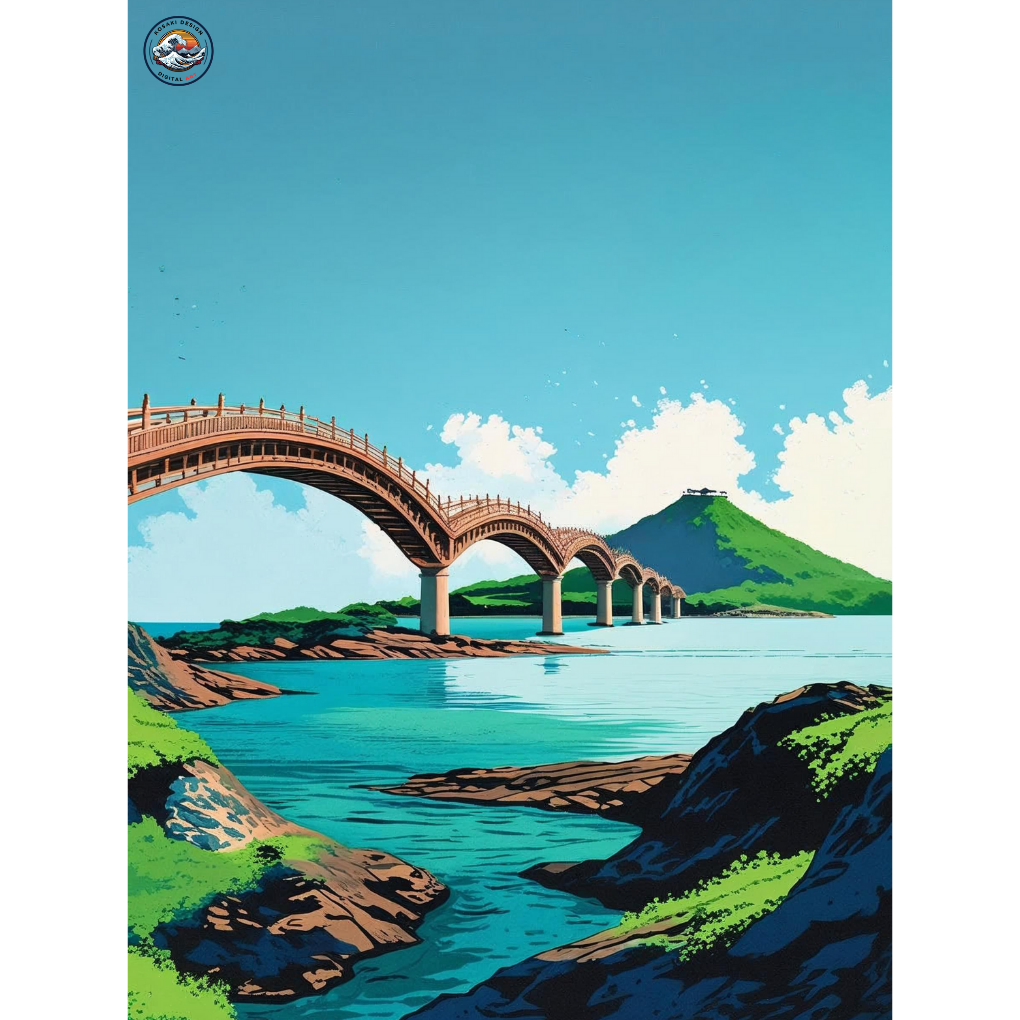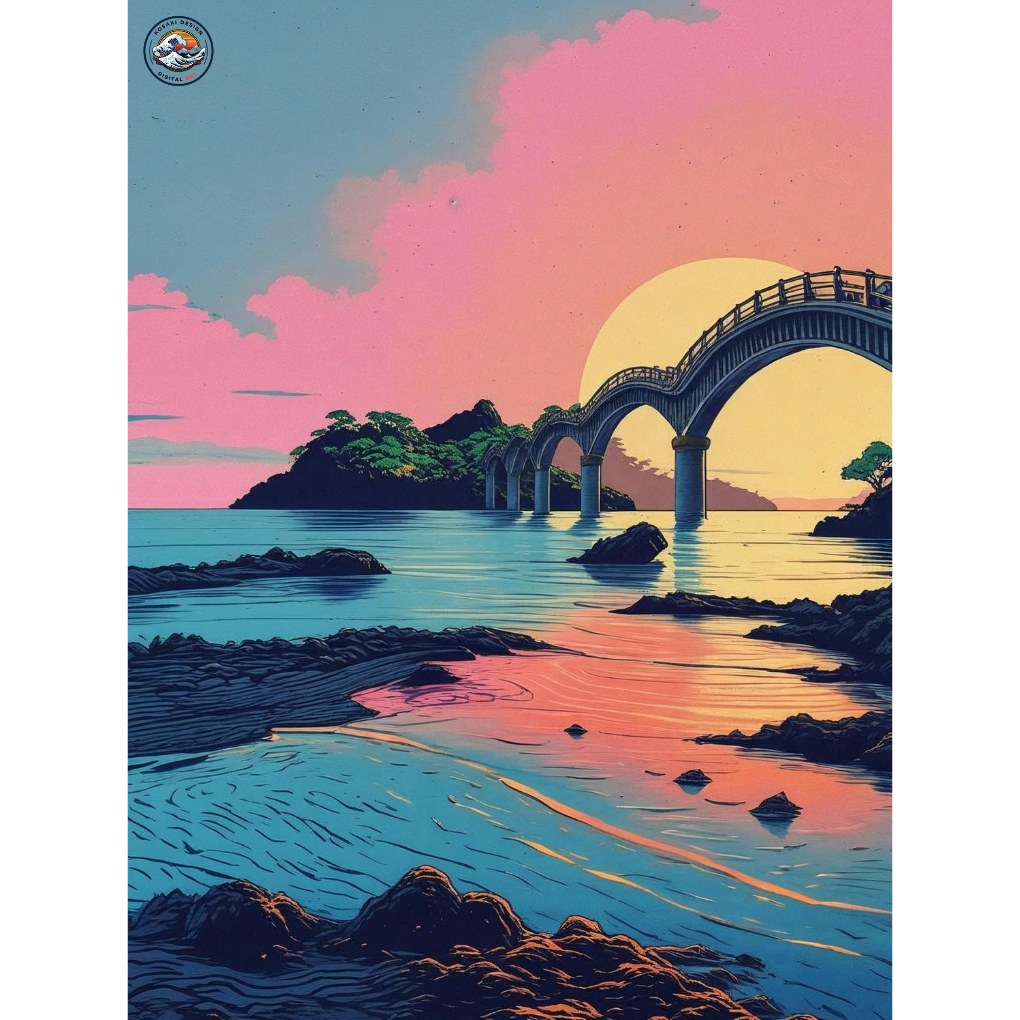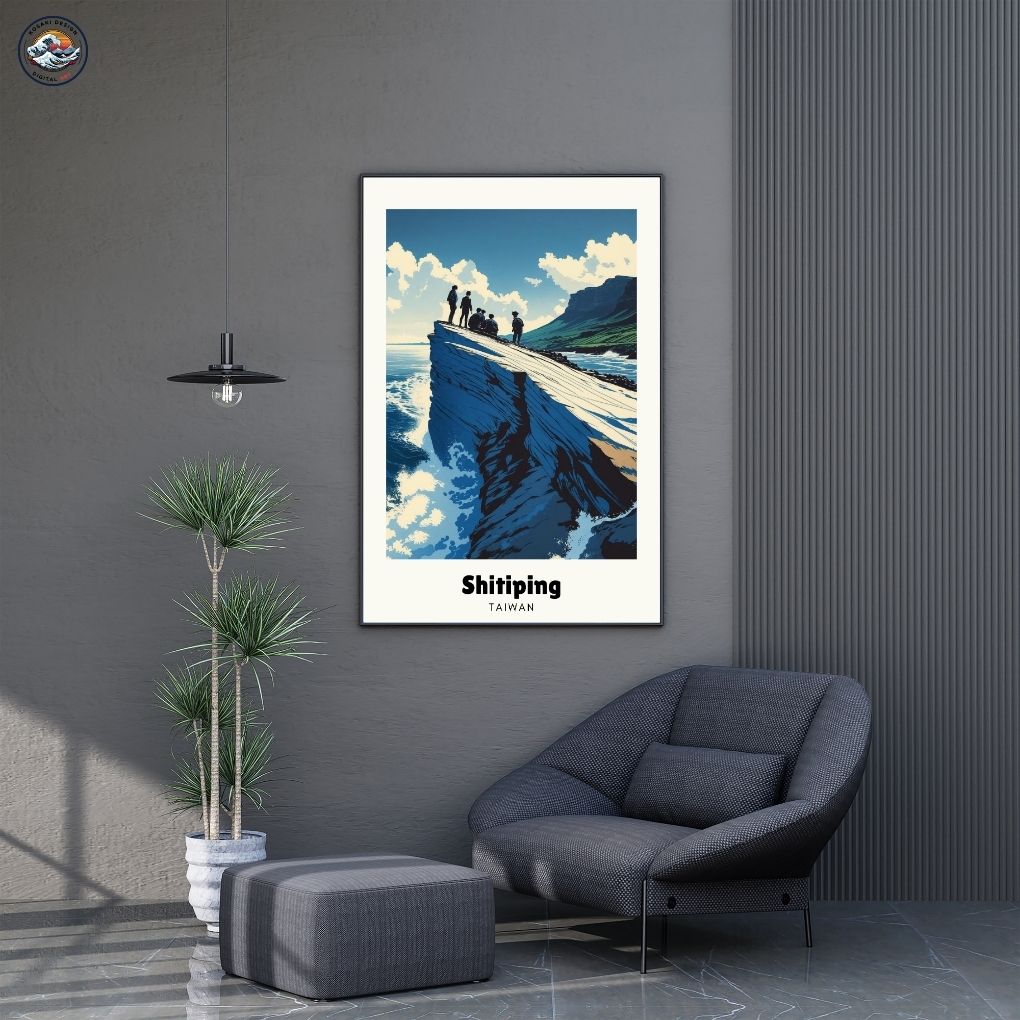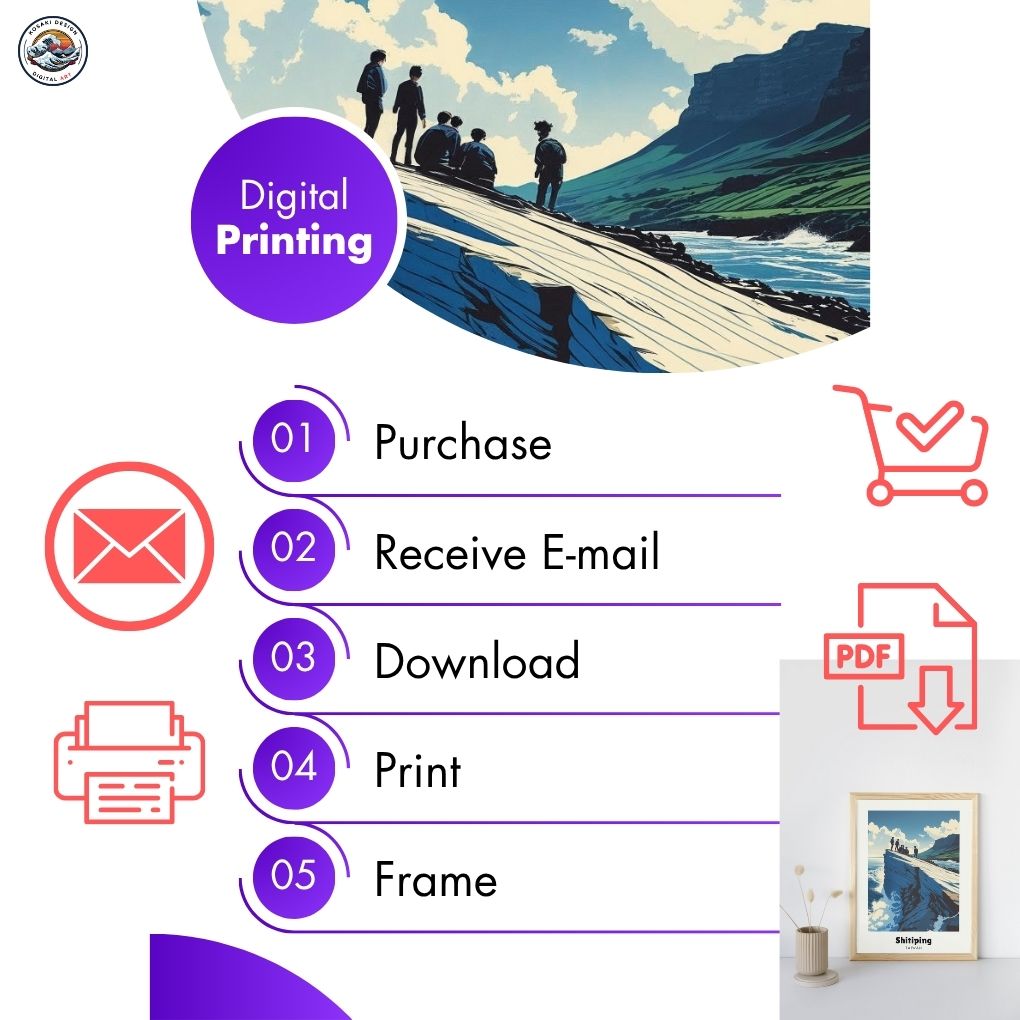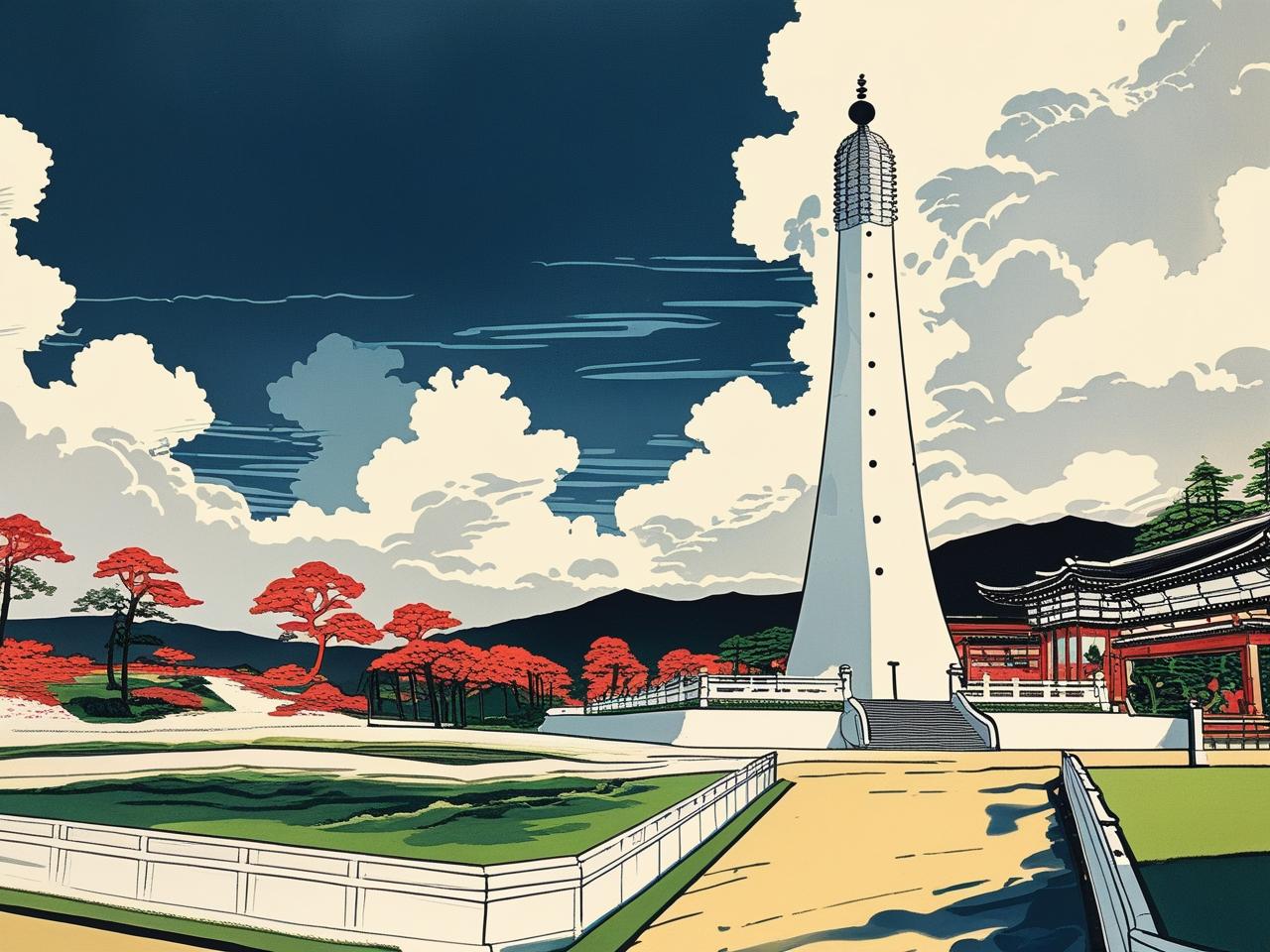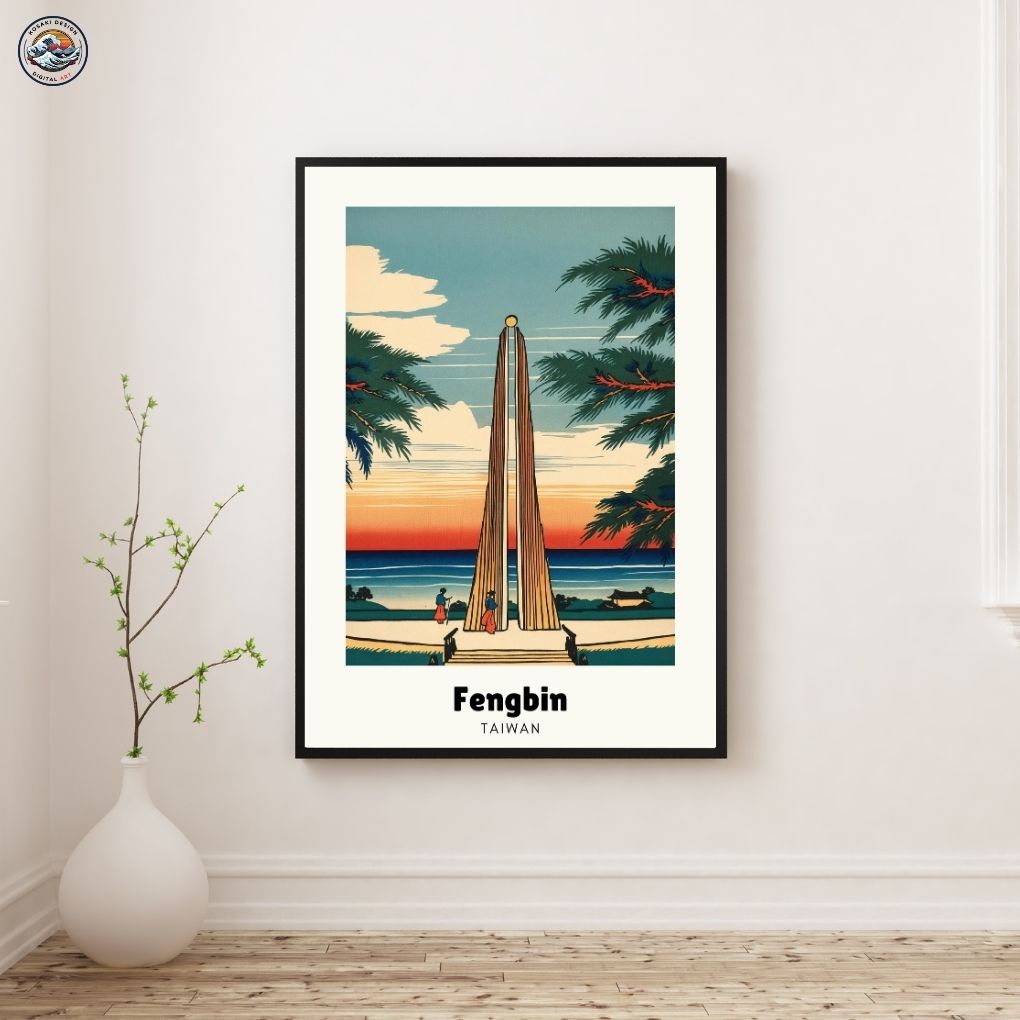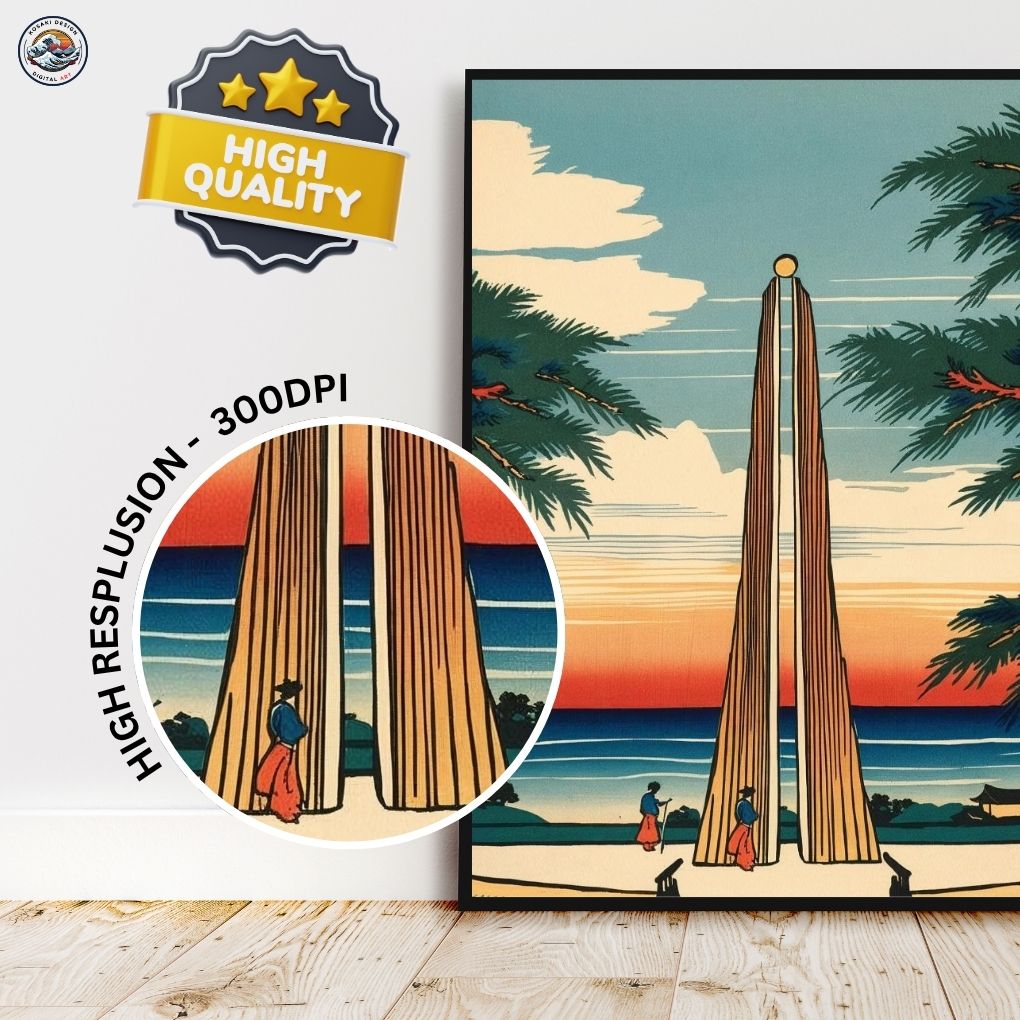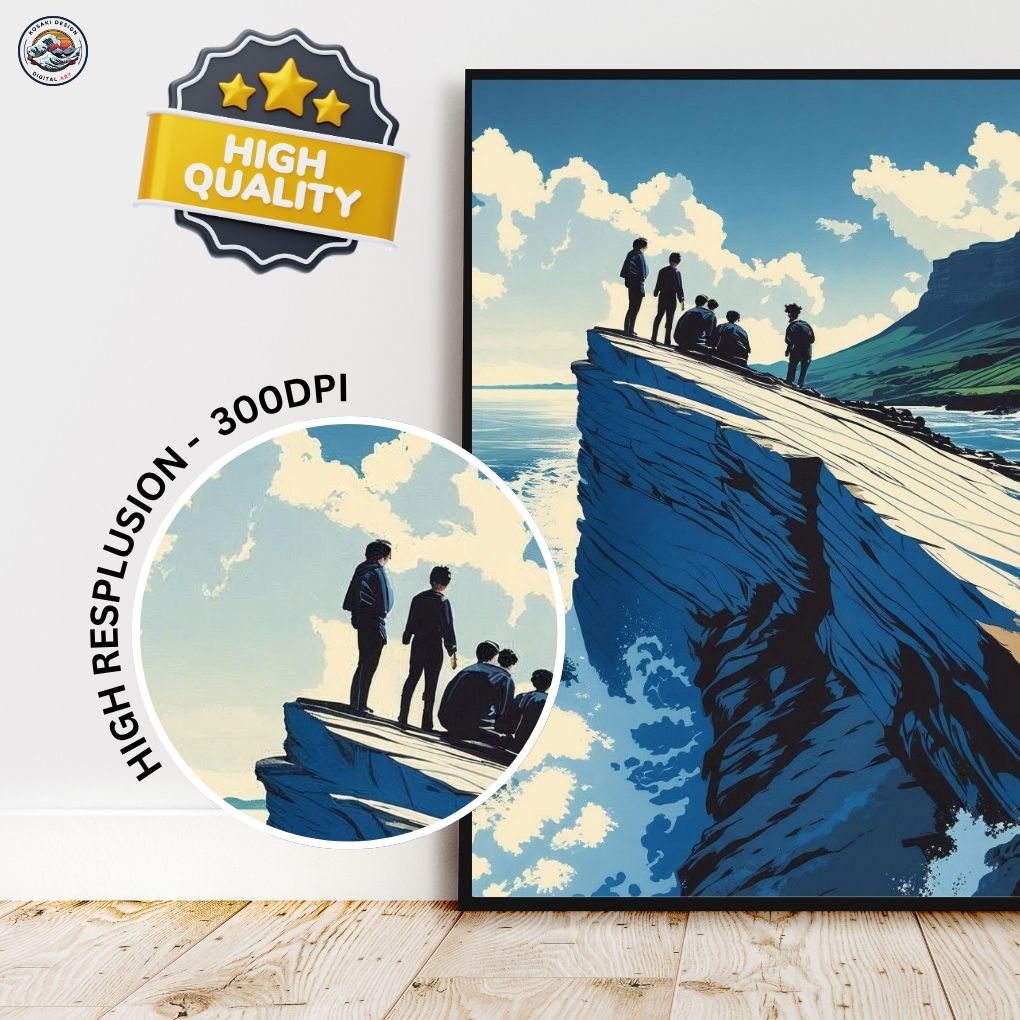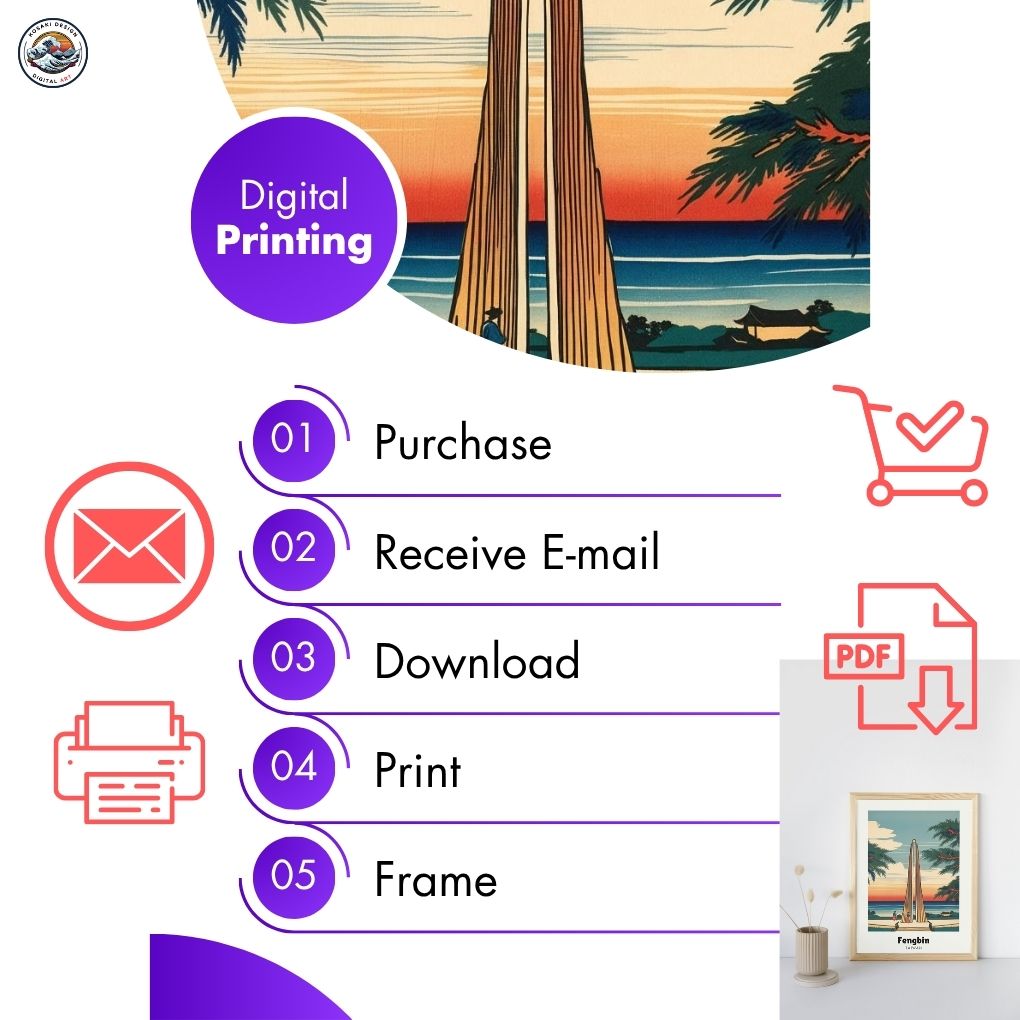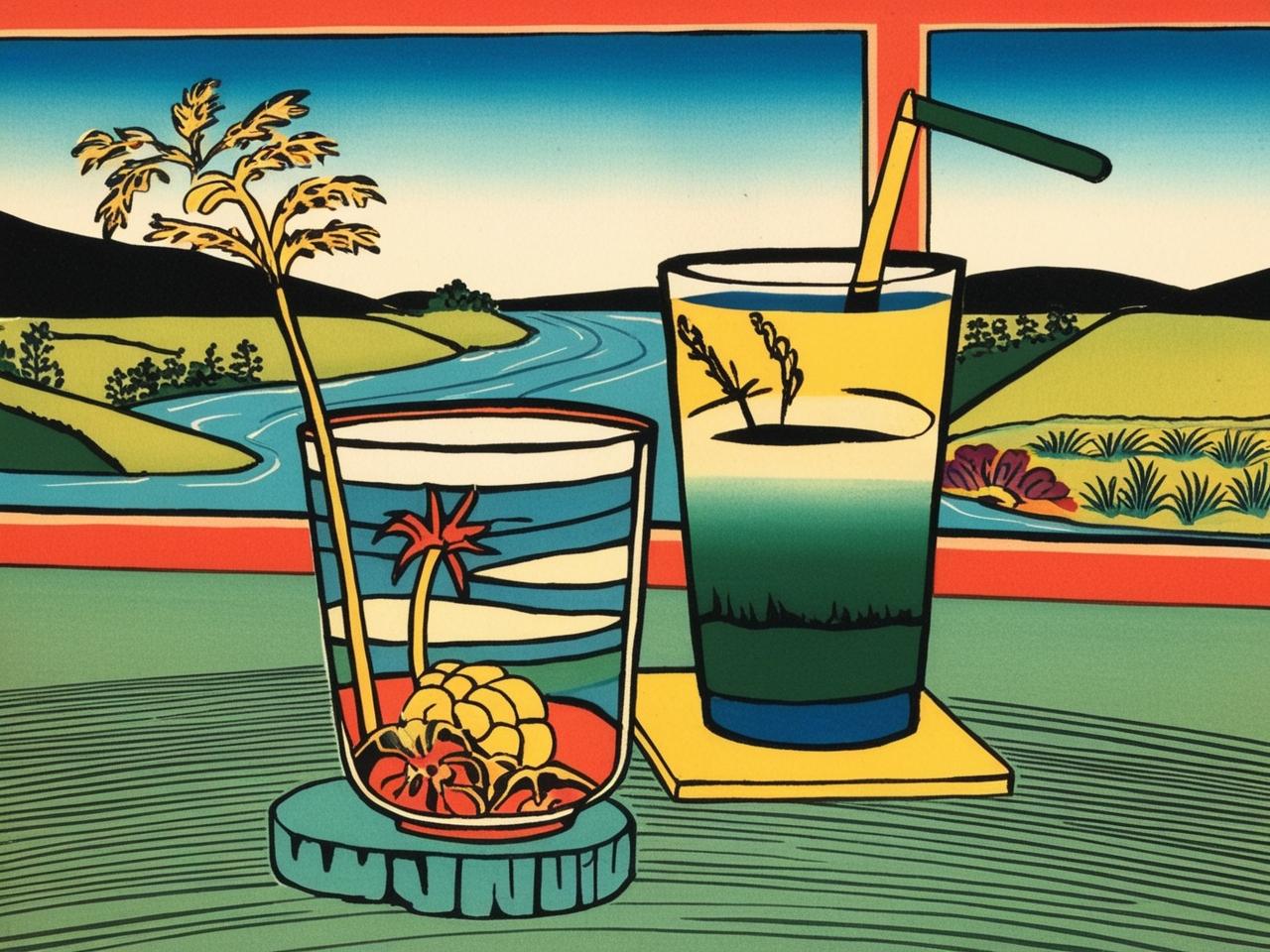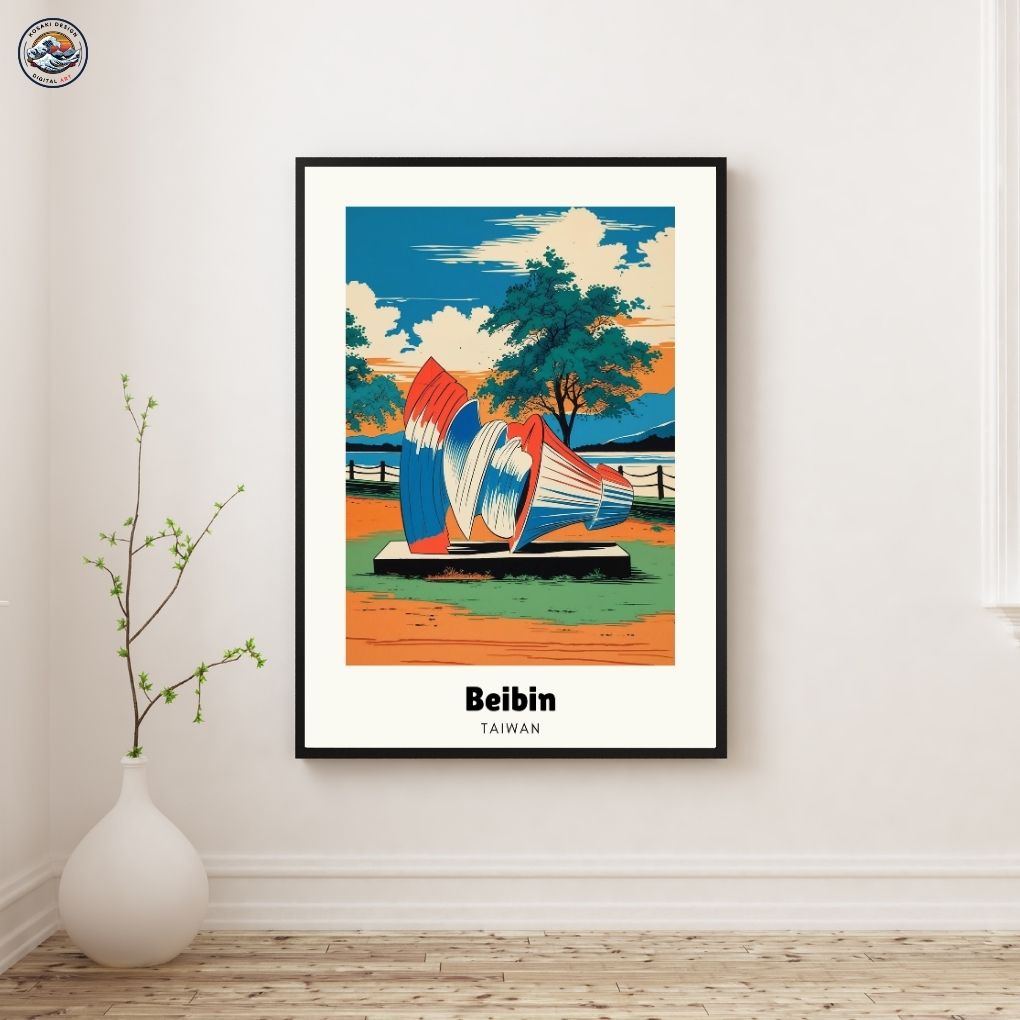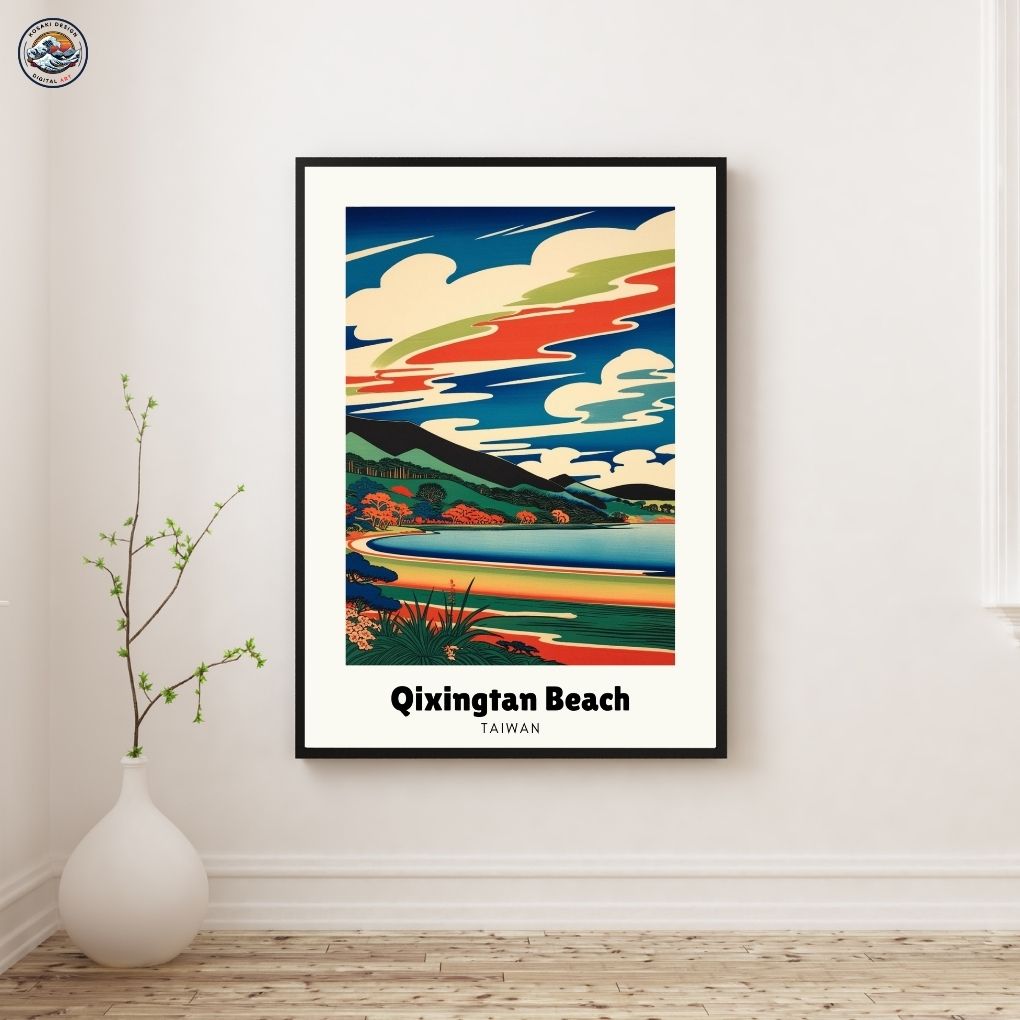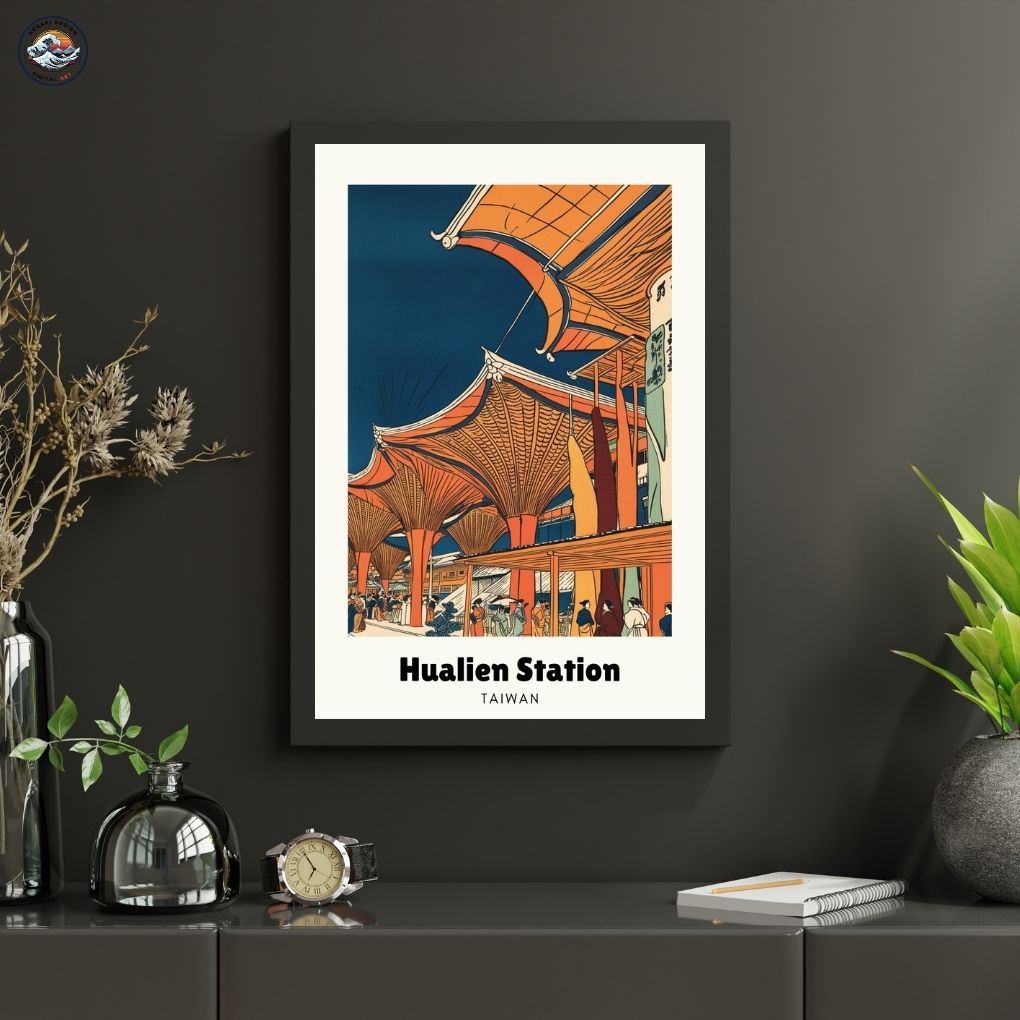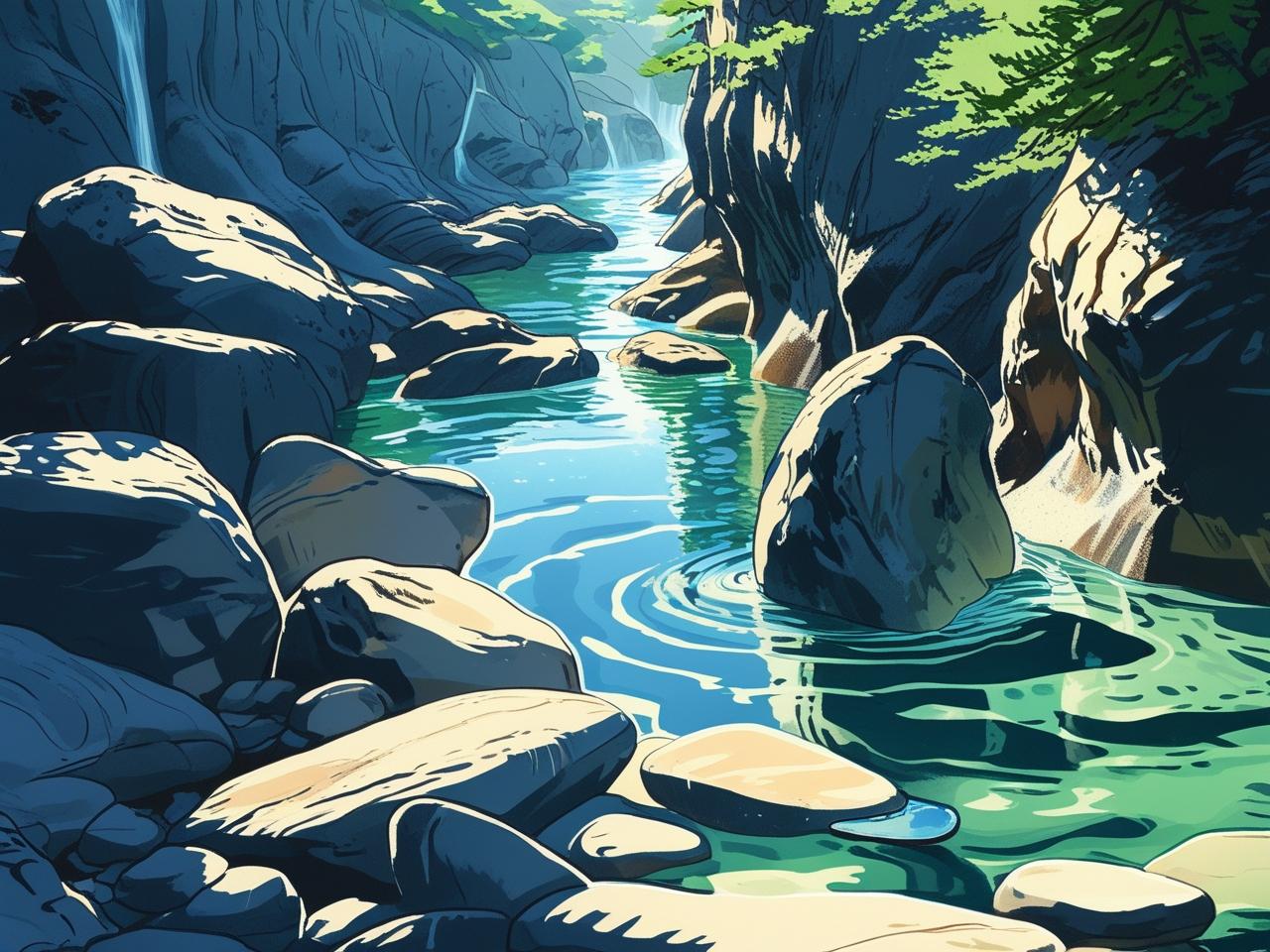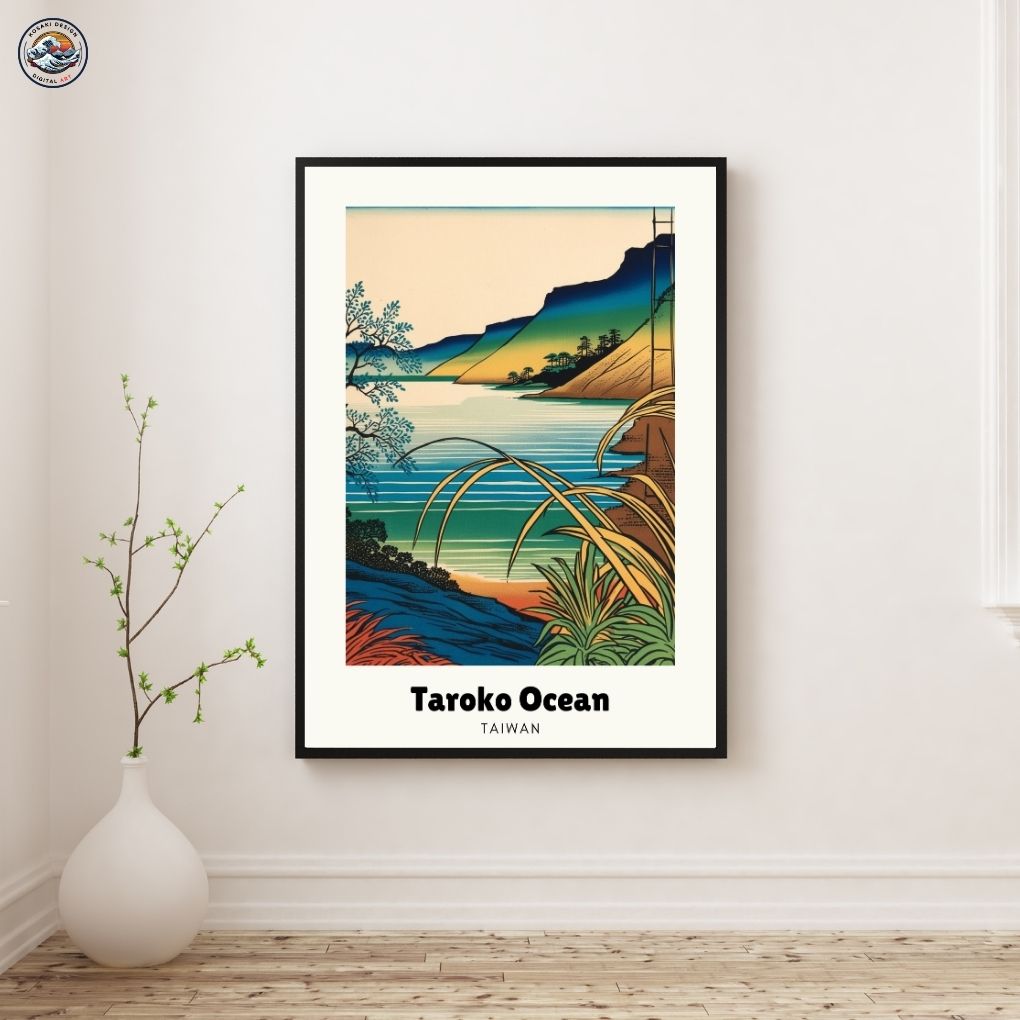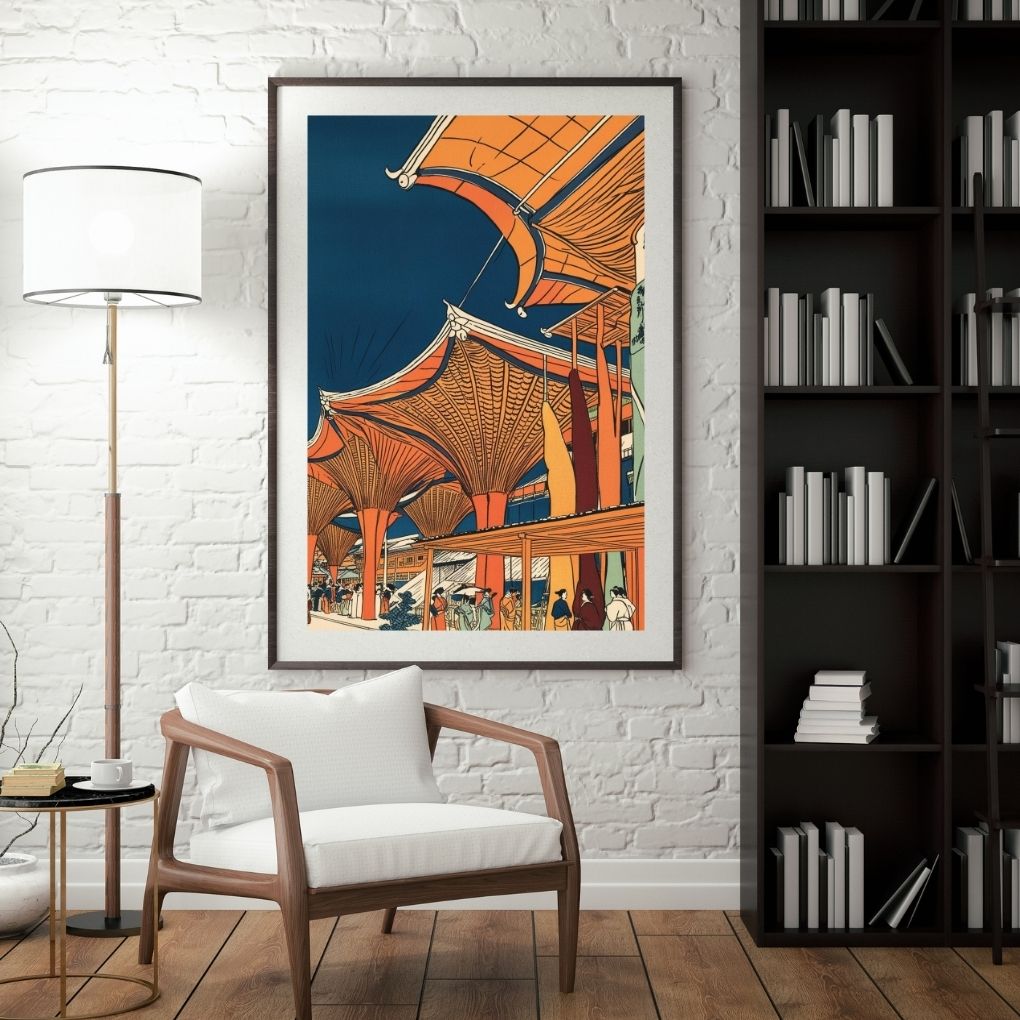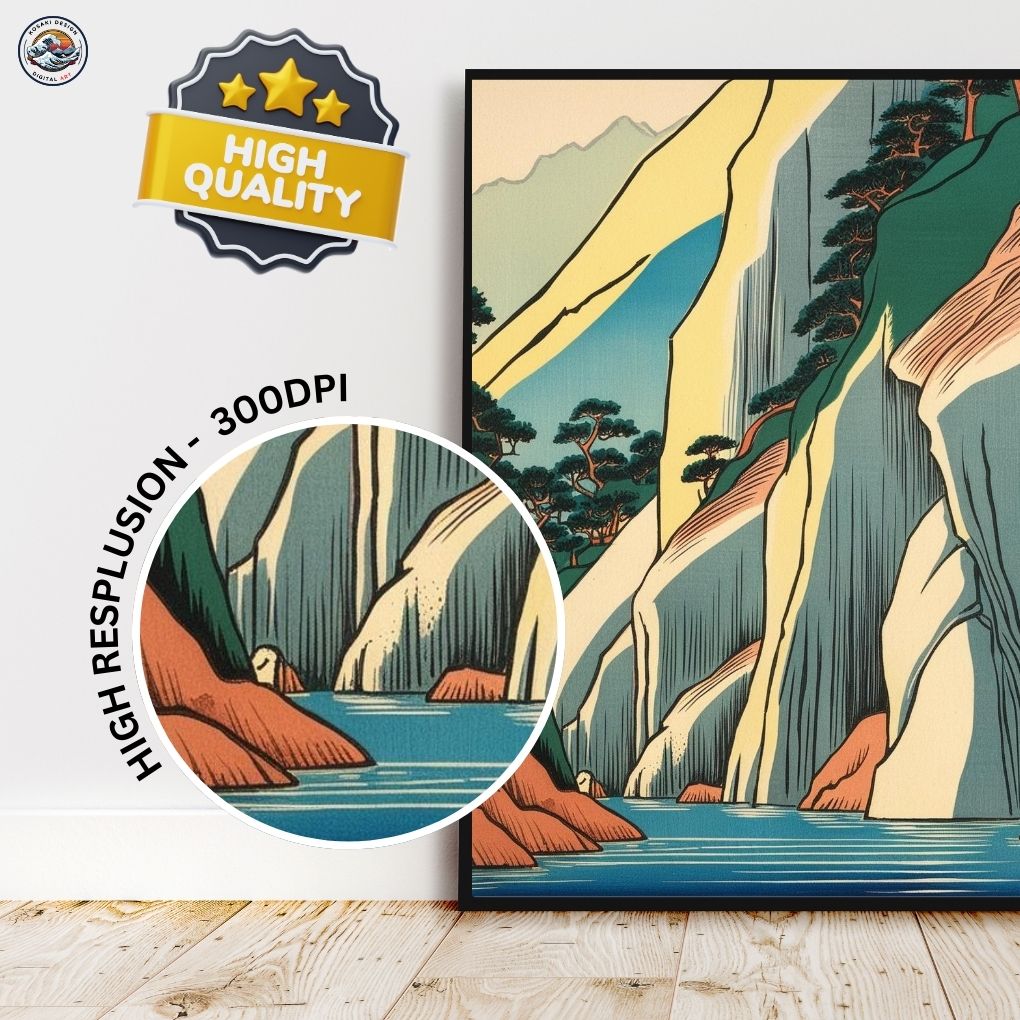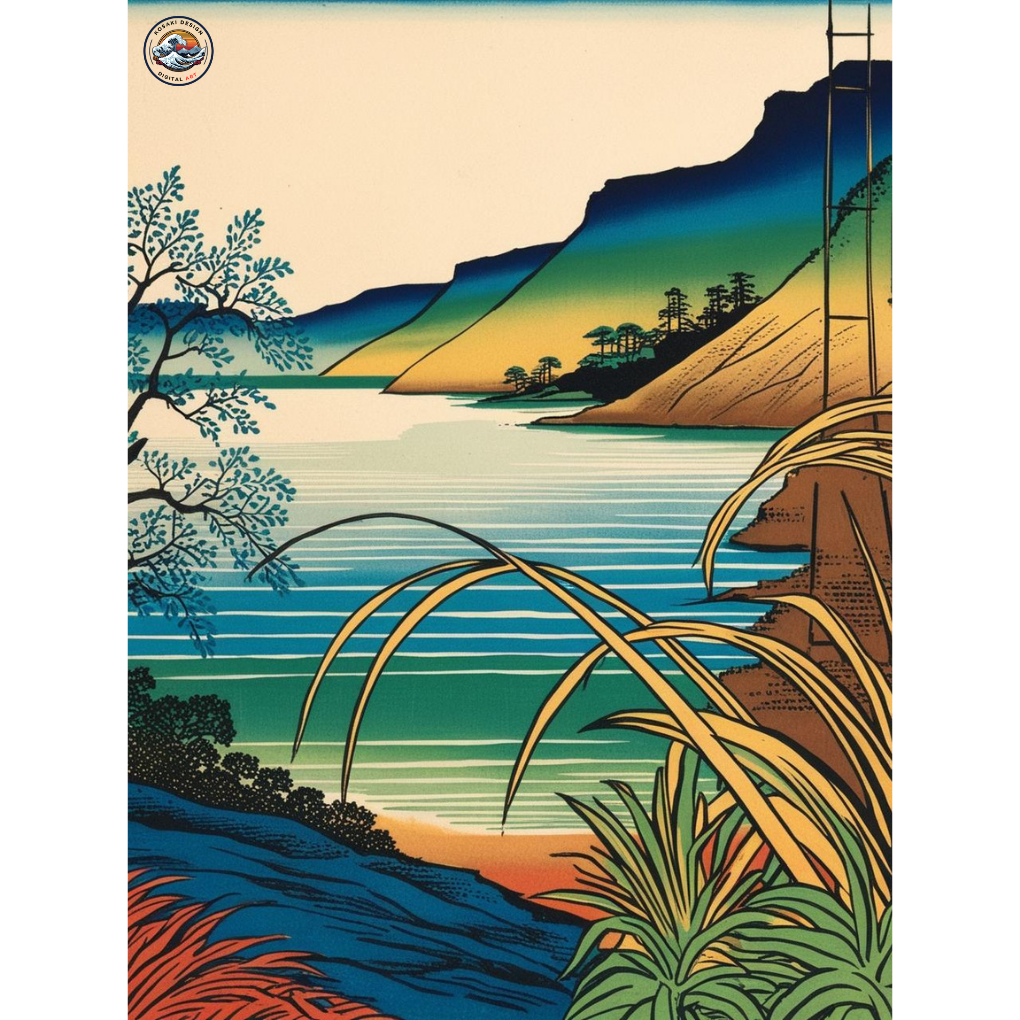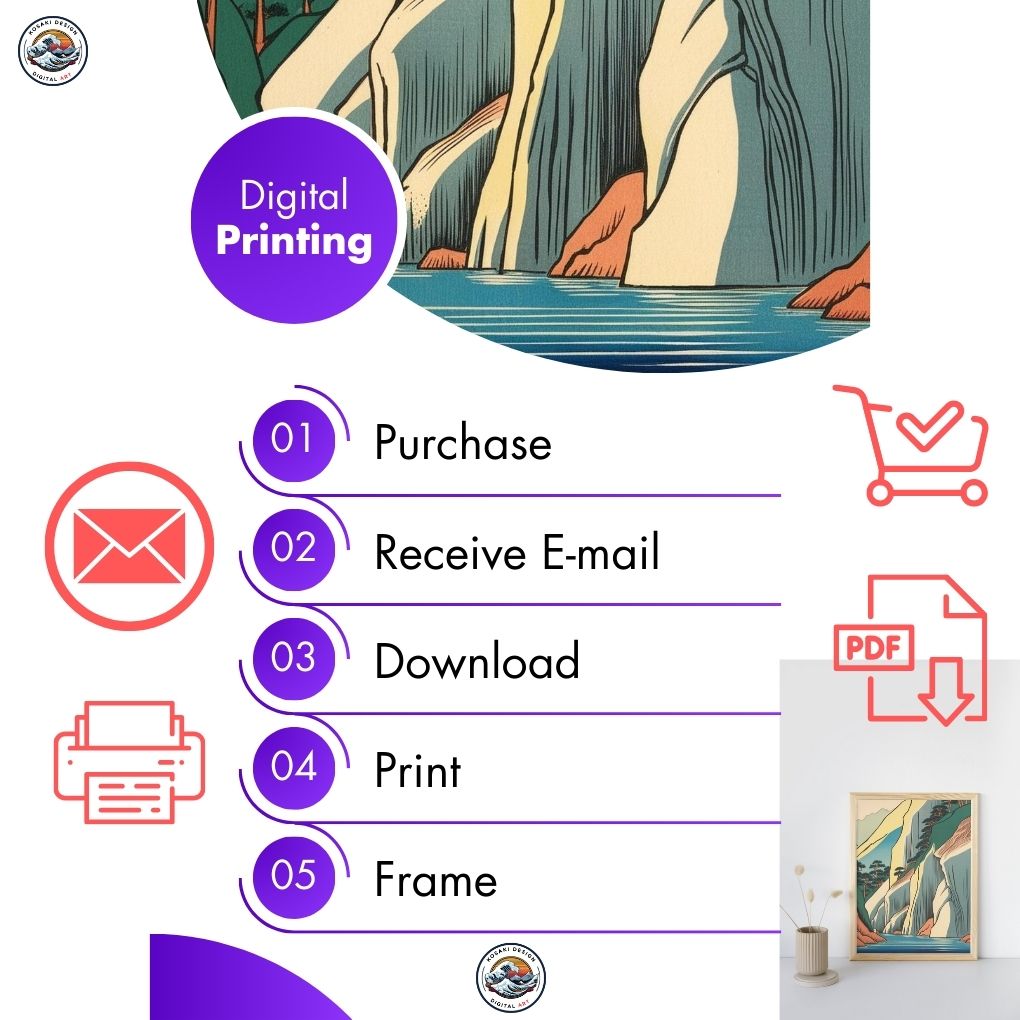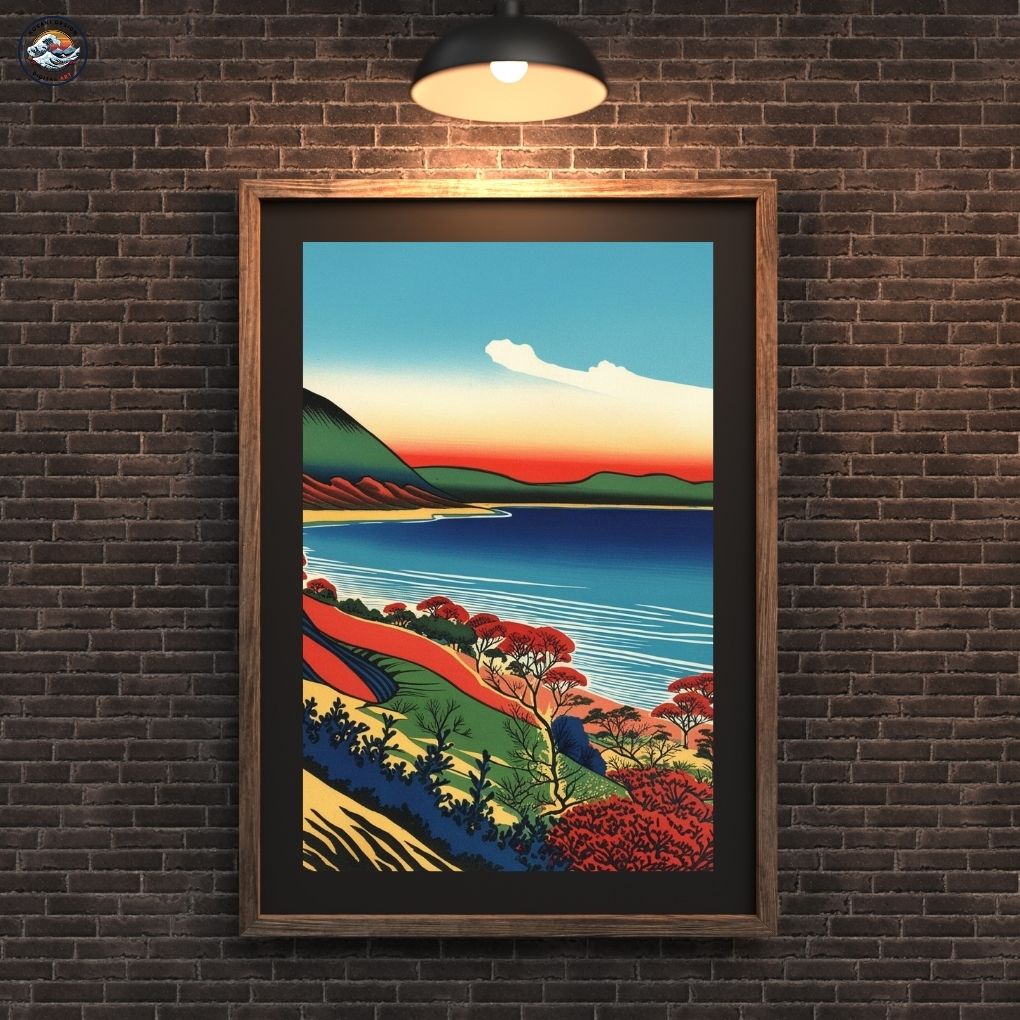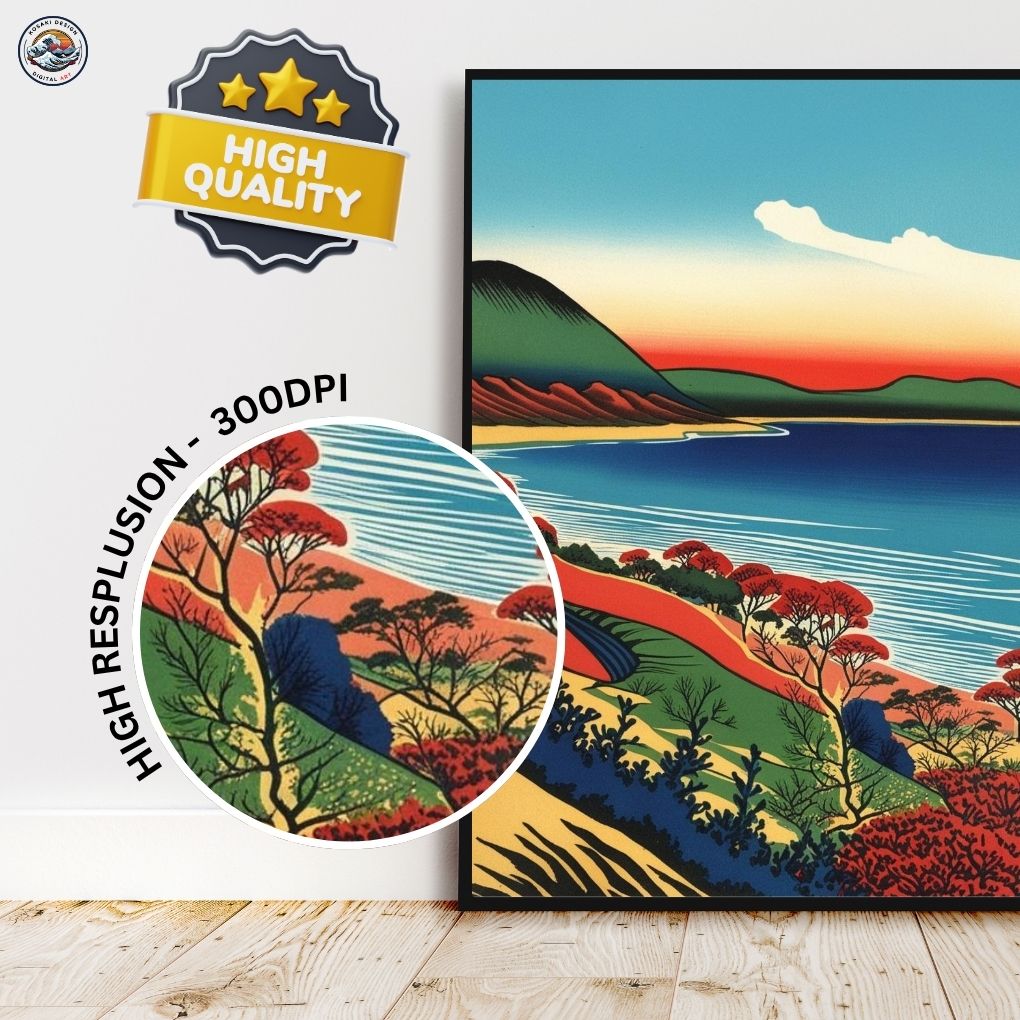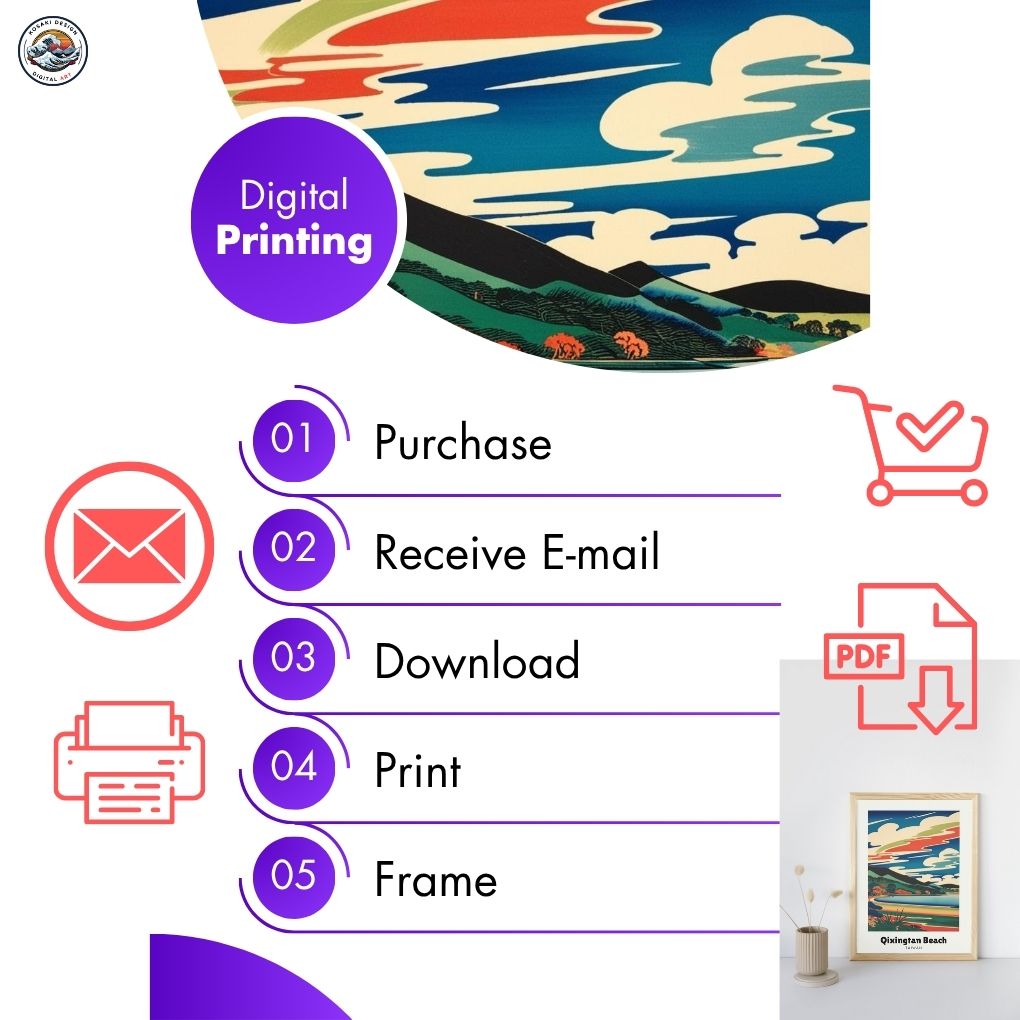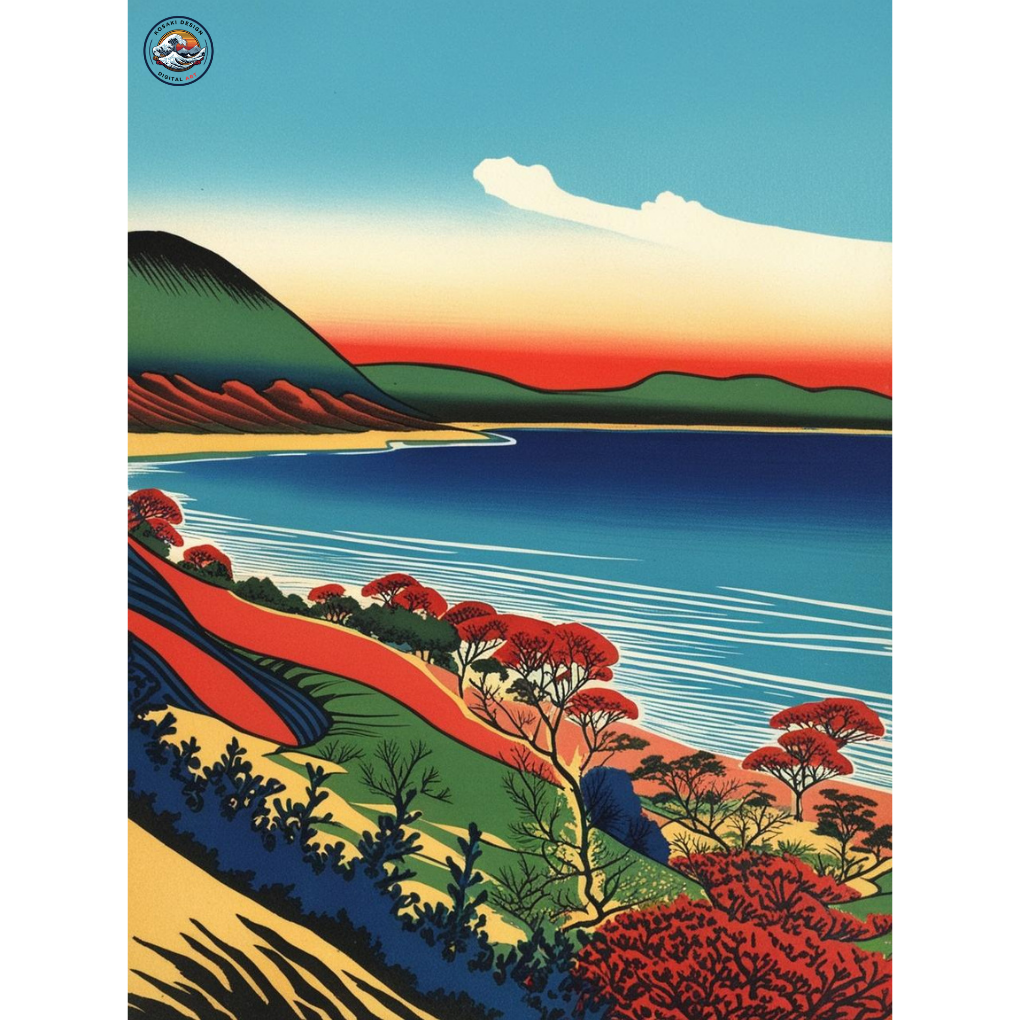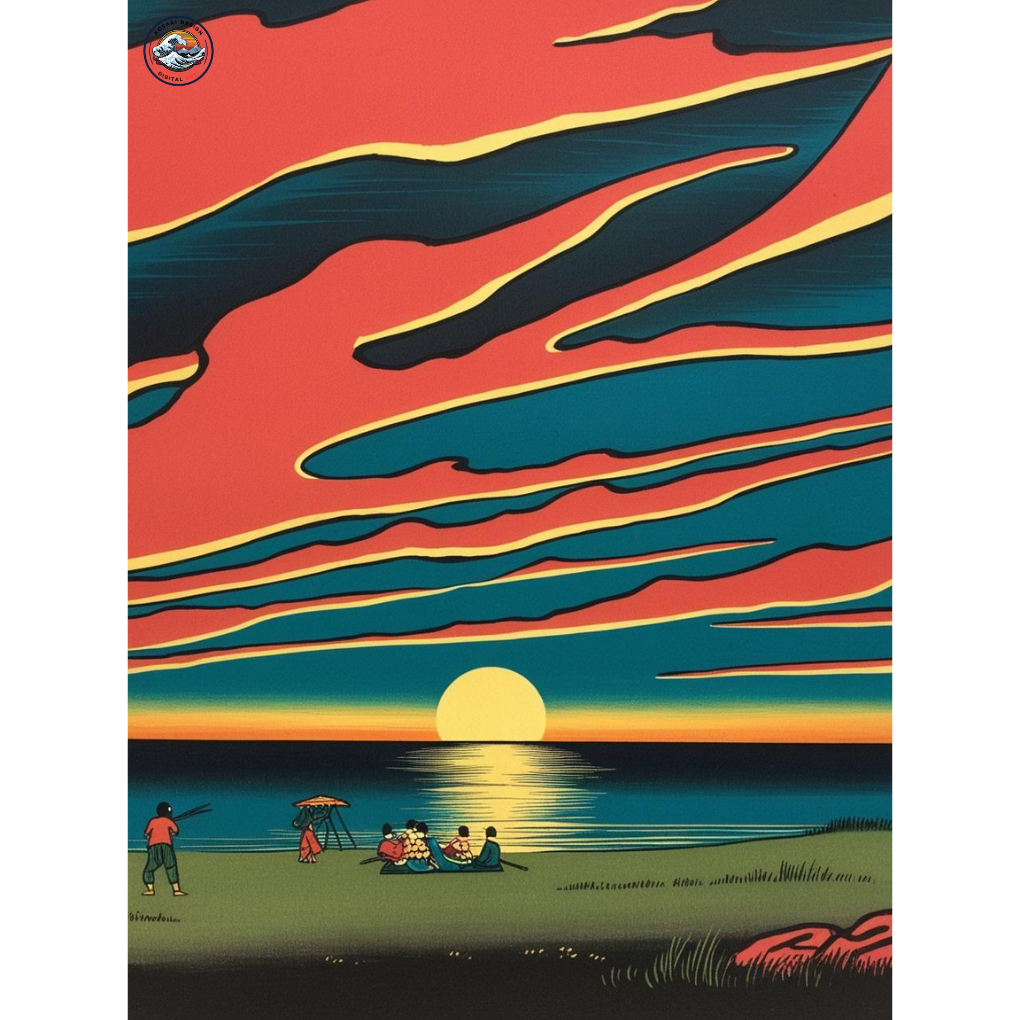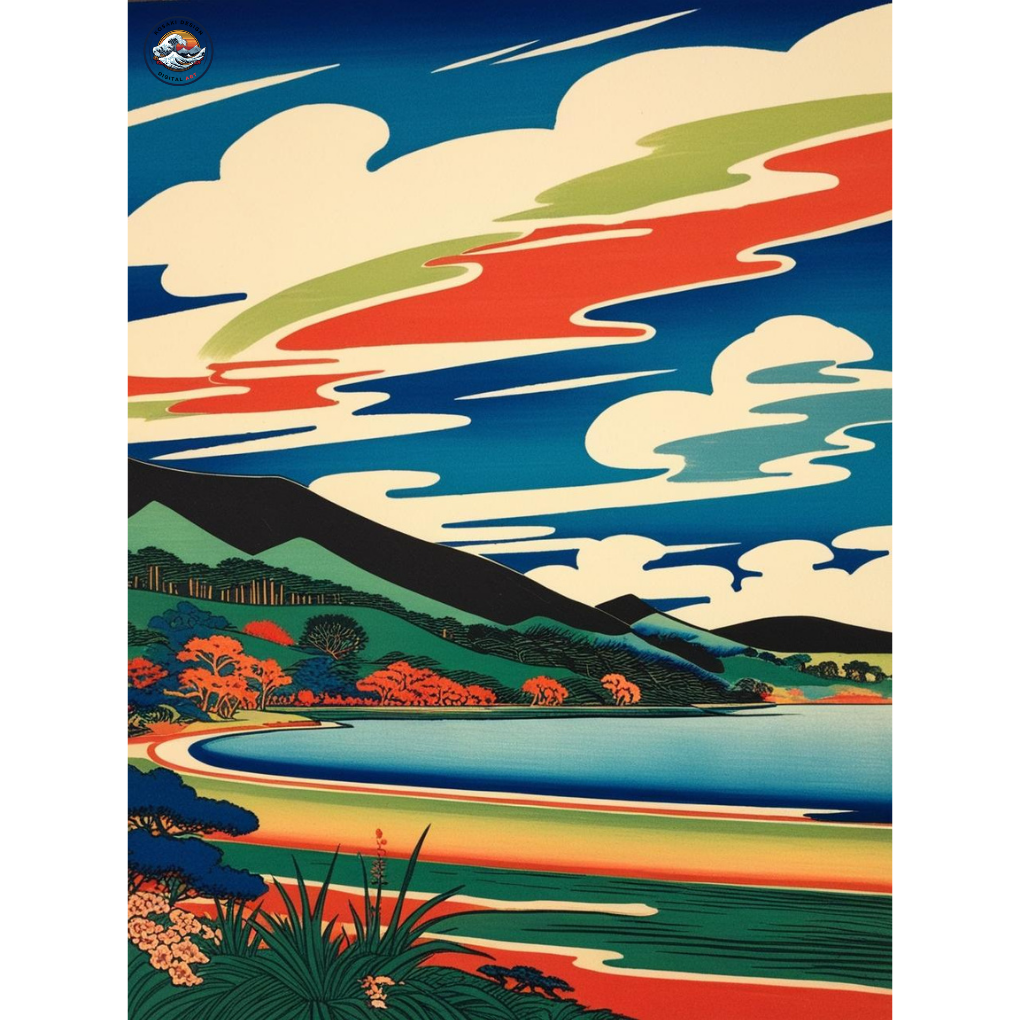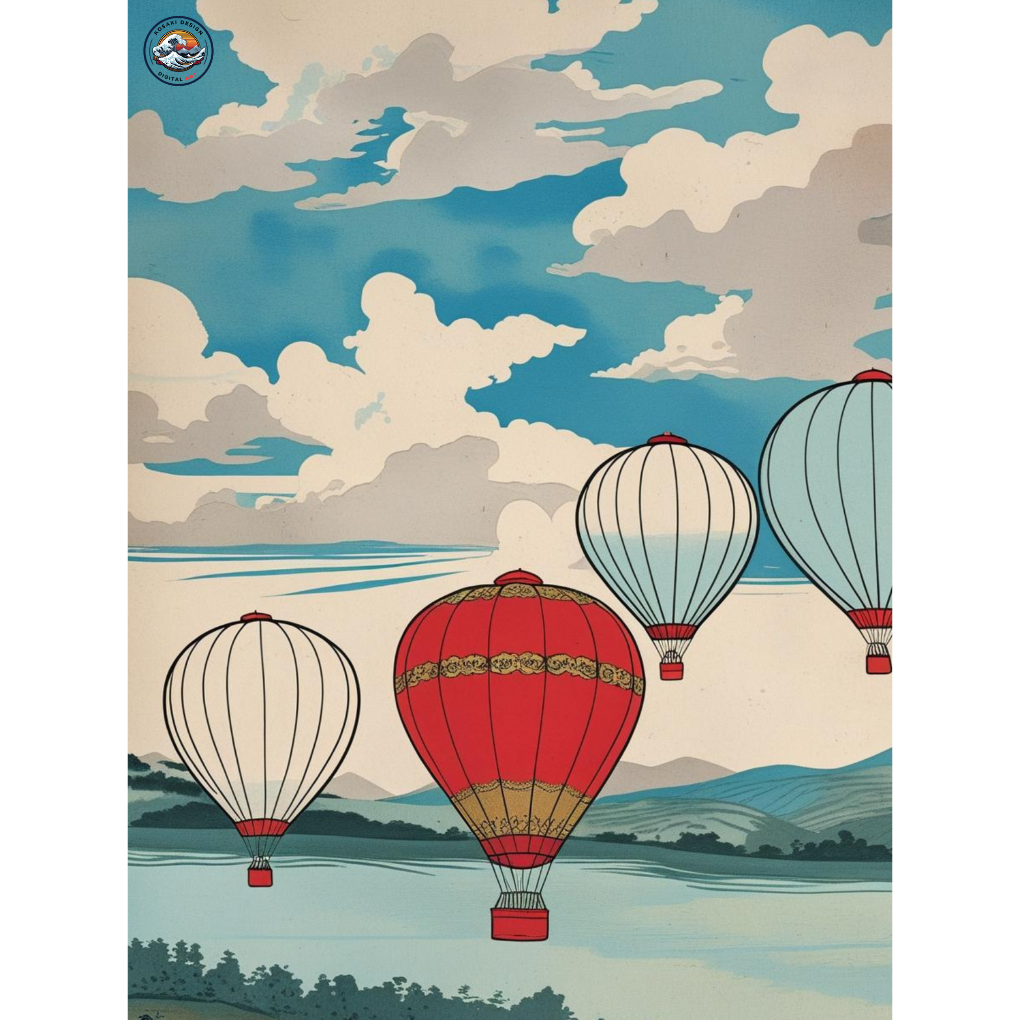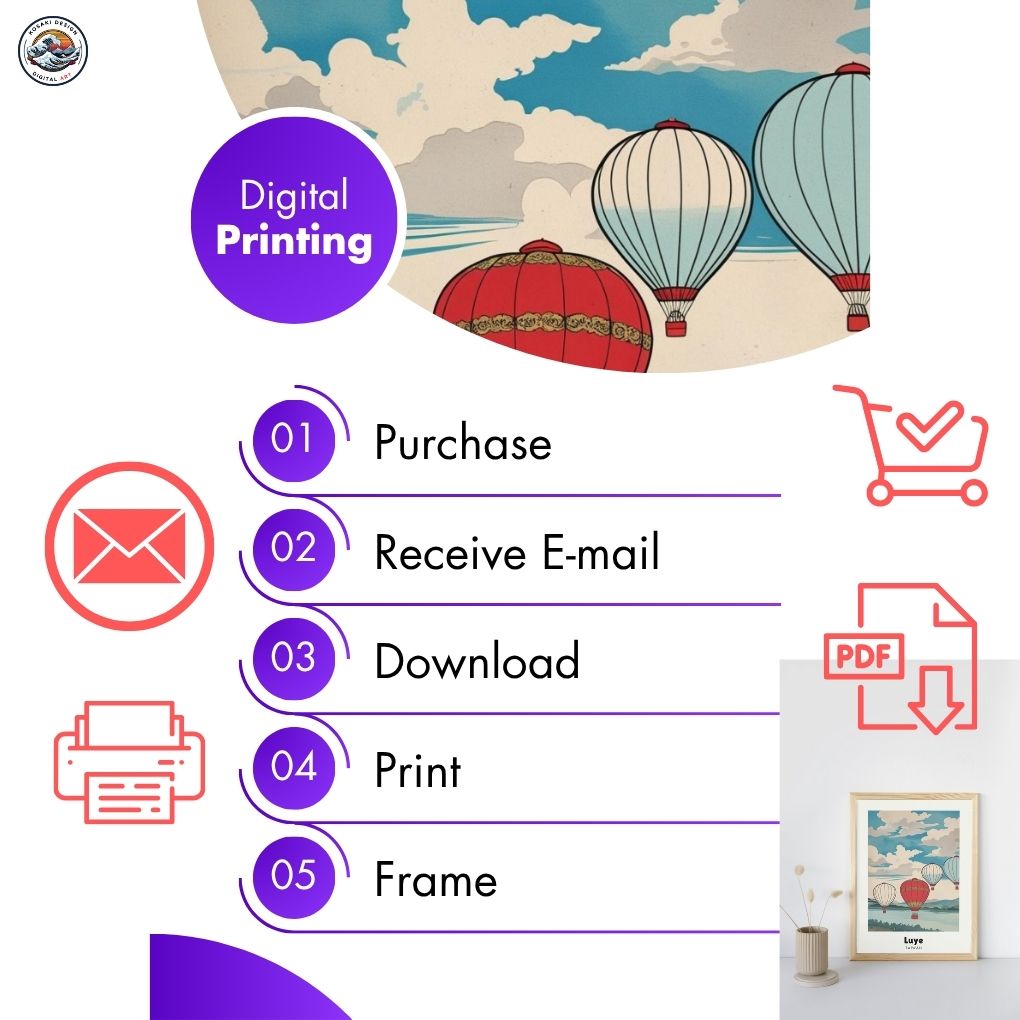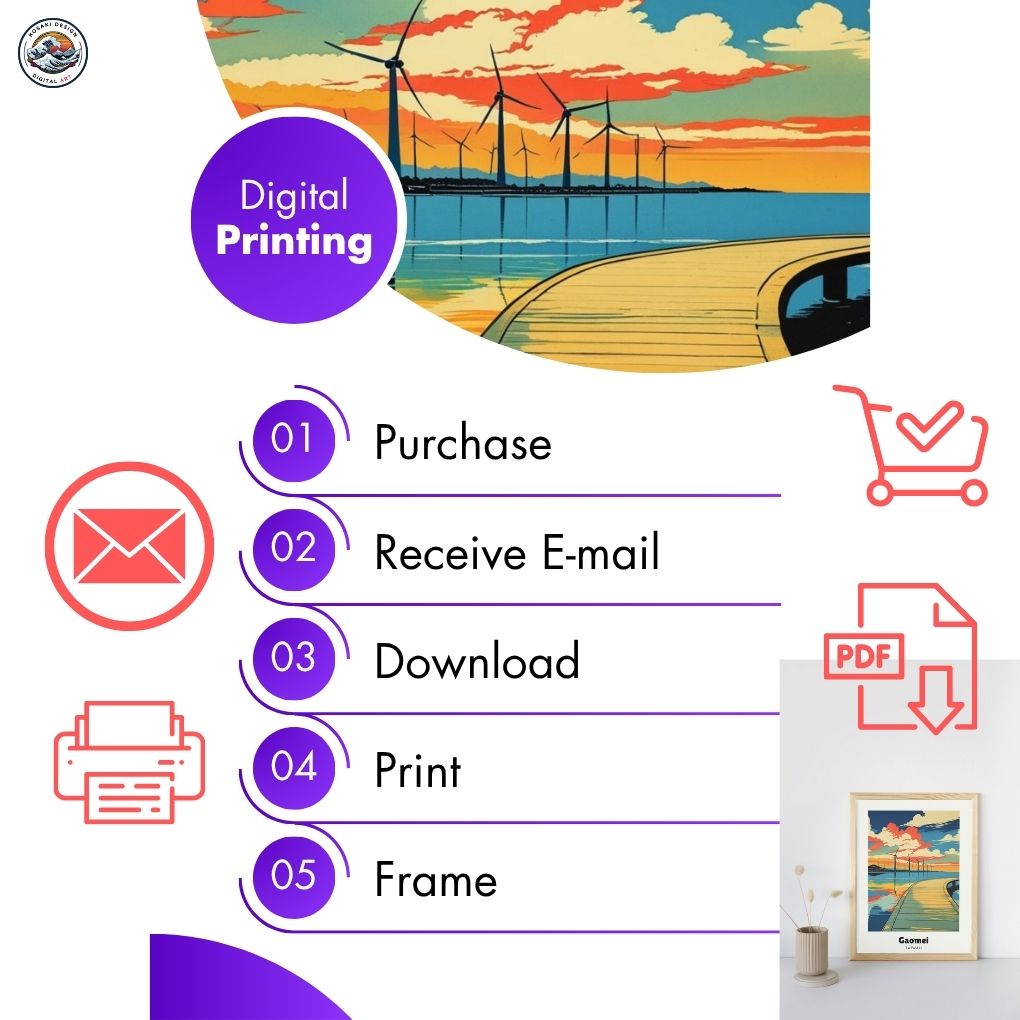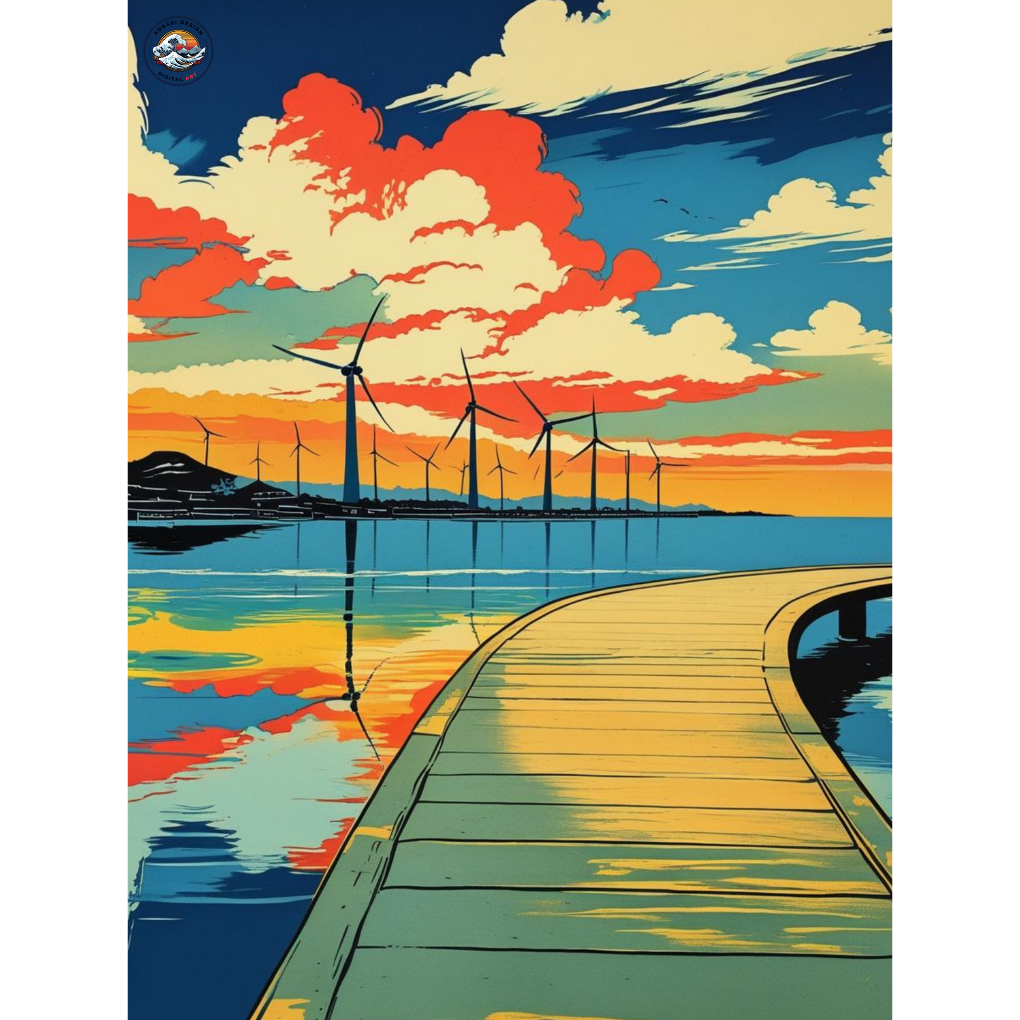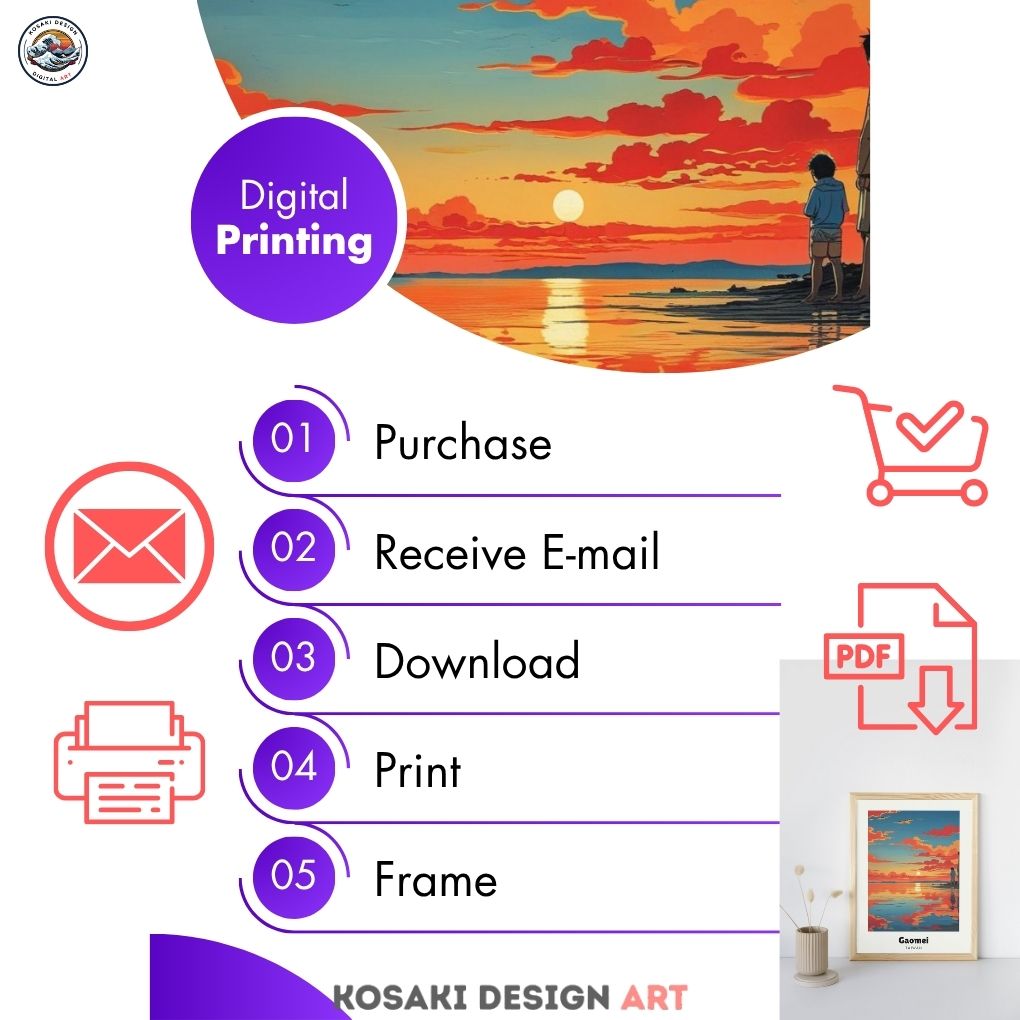Escape the hustle and bustle of city life and immerse yourself in the serene beauty of Taitung Forest Park. This sprawling 280-hectare oasis, affectionately known as the “Black Forest” by locals, offers a perfect retreat for travelers seeking a refreshing dose of nature.
Whether you’re an avid cyclist, a keen birdwatcher, or simply someone who enjoys a peaceful walk surrounded by lush greenery, Taitung Forest Park has something for everyone.
Getting to Know Taitung Forest Park
Located just a stone’s throw from the heart of Taitung City, the park is a vast expanse of dark and towering beefwood trees. These trees were originally planted to protect the city from coastal winds, and they now create a beautifully shaded and tranquil environment for visitors to enjoy. The park’s sheer size makes it a haven for a diverse range of ecosystems, from lush forests and open grasslands to coastal wetlands.
The best way to explore the park’s extensive grounds is by bicycle. You can easily rent one at the park’s entrance and set off on the well-maintained network of cycling trails. The park is also a key part of the 21-kilometer Mountain-Ocean Bikeway, which circles Taitung City and takes you through many other popular attractions.
The Three Jewels: The Lakes of the Park
Taitung Forest Park is home to three stunning lakes, each with its own unique character and charm.
Pipa Lake
The most famous of the three is the enchanting Pipa Lake. This crystal-clear lake is a precious wetland ecosystem, teeming with native freshwater fish and aquatic plants.

The calm, mirror-like surface of the water perfectly reflects the surrounding trees and sky, creating a picture-perfect scene that will take your breath away. It’s the ideal spot to sit on a bench, relax, and simply soak in the beauty of your surroundings.
Flowing Lake
For those seeking a bit more activity, the Flowing Lake is the place to be. This man-made lake is connected to the ocean, with the tide flowing in and out, which is how it gets its name.
It’s a popular venue for a variety of water sports, including kayaking and swimming, making it a hub of energy and excitement within the park.
Egret Lake
Egret Lake is a renovated swamp that has become a sanctuary for a large number of white egrets and other water birds. This makes it a prime location for birdwatching enthusiasts.
Grab your binoculars and find a quiet spot to observe the graceful movements of these beautiful birds in their natural habitat.
Beyond the Park: Taitung Seaside Park
Your adventure doesn’t have to end at the forest’s edge. The Taitung Forest Park extends to the Taitung Seaside Park, where the forest meets the ocean.
Here, you can enjoy stunning sea views, feel the refreshing ocean breeze, and watch the waves crash against the shore. It’s also the perfect place to catch a spectacular sunrise.
A Touch of Digital Printing
While the beauty of Taitung Forest Park is all-natural, you can also experience a different kind of forest with a visit to a “Living Digital Forest” exhibit.
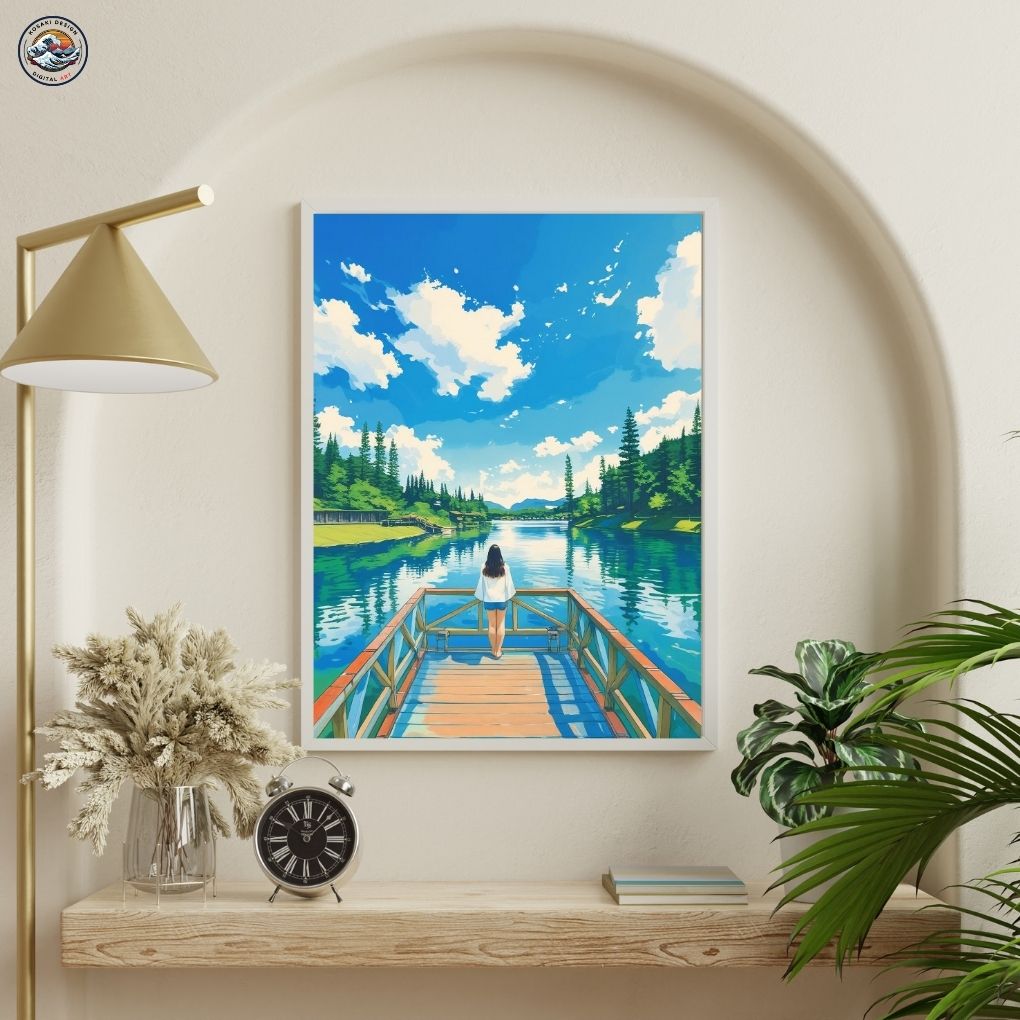
These immersive digital art installations, like those created by the art collective teamLab, use technology to create breathtaking virtual ecosystems that respond to your presence.
Imagine a forest of digital flowers that bloom and change as you walk through them, or a virtual waterfall that cascades down a wall. It’s a magical experience that blends art, technology, and nature in a truly unique way.
Plan Your Visit
Taitung Forest Park is open daily and has a small entrance fee for non-residents. It’s easily accessible from the city center by bus or even on foot. Whether you have a couple of hours or a whole day to spare, a visit to this beautiful park is a must-do when you’re in Taitung.
Best Times to Visit
The best time to visit Taitung Forest Park is during the spring (April and May) and autumn (October and November). During these months, the weather is pleasant for outdoor activities like cycling and walking.
Spring offers blooming flowers and lush greenery, while autumn showcases a beautiful landscape of colorful foliage.
Information of Gatecity Taitung
Taitung City, the gateway to the park, is a destination in itself. It’s known for its fresh air, clean water, and a unique blend of stunning natural landscapes and rich aboriginal culture.
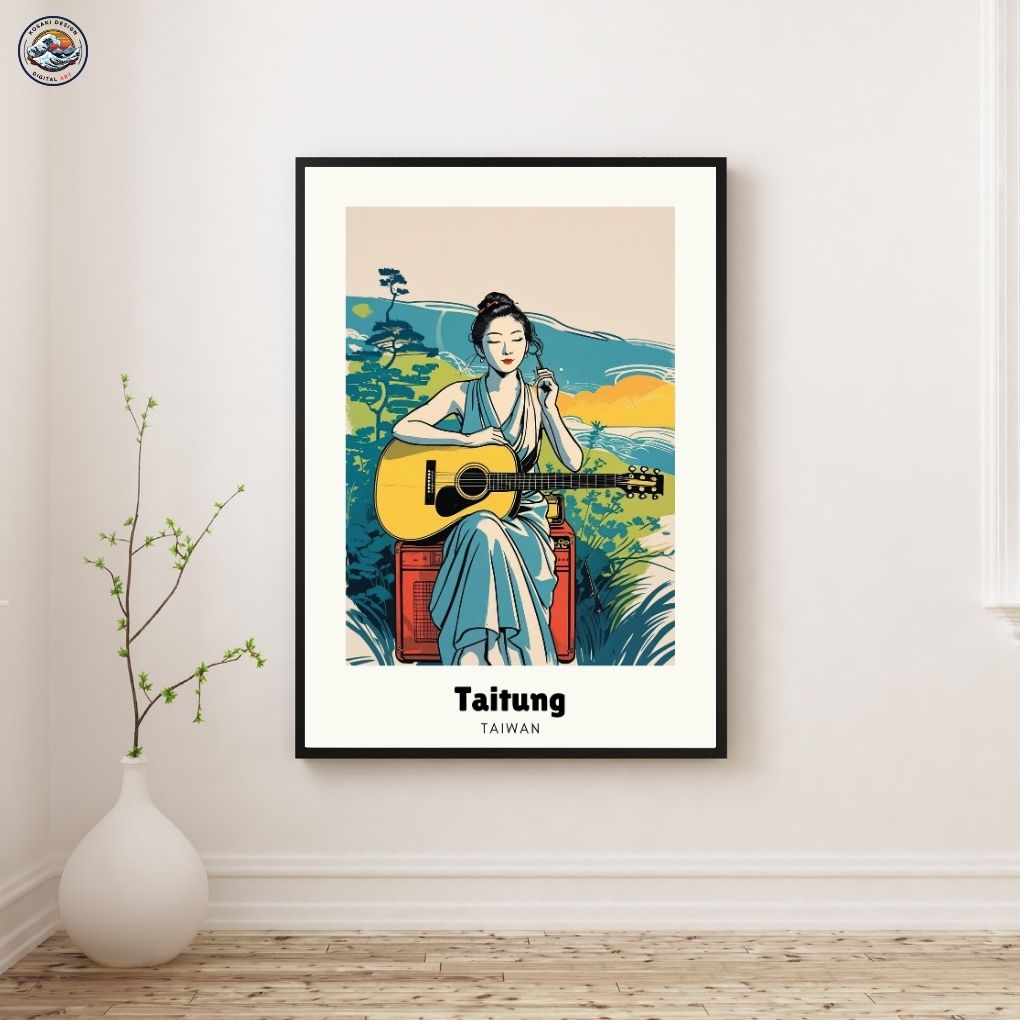
From the panoramic views at Liyushan (Carp Mountain) Park to the vibrant arts scene at Tiehua Music Village, Taitung City offers a variety of attractions to explore.
How to Get There from Kaohsiung
The most convenient way to get to Taitung from Kaohsiung is by train. The journey takes approximately 2 to 2.5 hours.
Alternatively, you can drive, which takes about 3 hours, or take a bus, which is the slowest option and can take over 6 hours.
Hotel Information
- Sheraton Taitung Hotel: URL: https://www.sheraton-taitung.com/en/, TEL: +886 8932 8858, Cost: Varies, check website for details.
- FONG PENSiON: URL: Webpage, TEL: +886 971 821650, Cost: Varies, check booking sites for details.
- Formosan Naruwan Hotel & Resort Taitung: URL: https://www.naruwan-hotel.com.tw/, TEL: 089-239-666, Cost: Varies, check website for details.
- Formosa Naruwan Galaxy Hotel Taitung: URL: https://www.naruwan-hotel.com.tw/en/group/galaxy/, TEL: +886 89-225000, Cost: Varies, check website for details.
City or Official Information Center
For more information about Taitung, you can visit the official Taitung Travel Website: https://www.taitung.gov.tw/en/
Simply soak in the beauty of your surroundings
Taitung Forest Park is a true gem, offering a peaceful and refreshing escape for travelers of all ages.
With its beautiful lakes, extensive bike paths, and diverse natural landscapes, it’s a destination that will leave you feeling relaxed, rejuvenated, and reconnected with nature.
Bring the Beauty of Nature Home
Inspired by the natural beauty of Taitung Forest Park? Why not bring a piece of it home with you?
Check out our collection of digital art inspired by the landscapes and flora of Taiwan. These beautiful prints are the perfect way to remember your trip and add a touch of natural elegance to your home.

